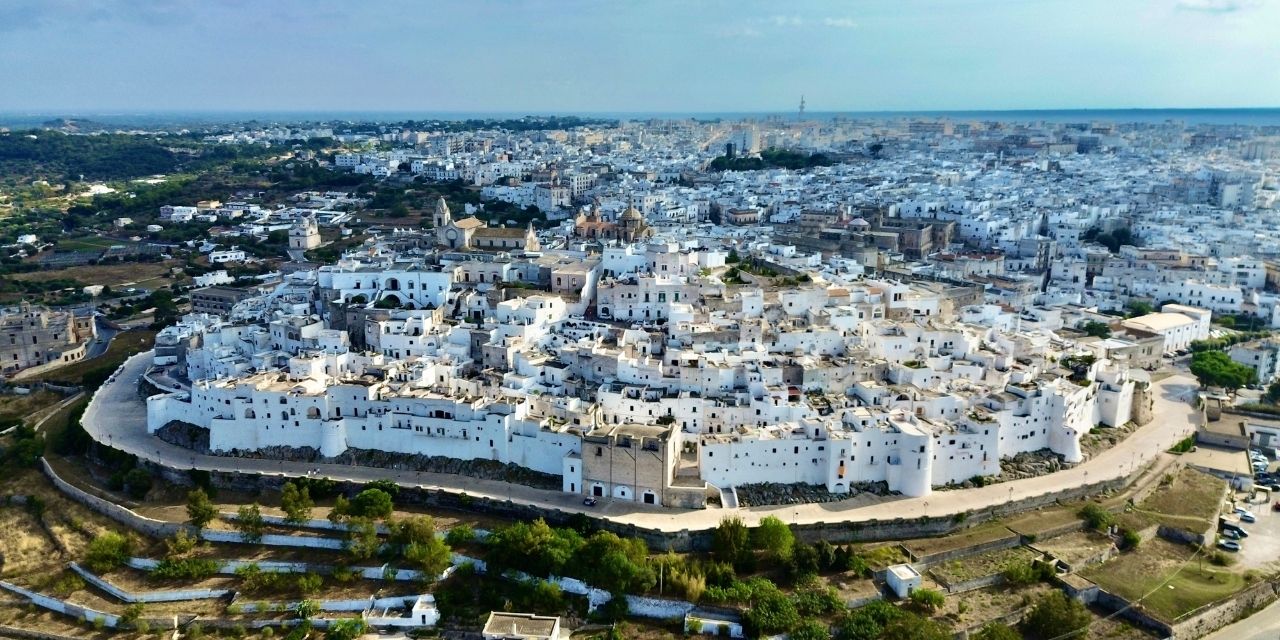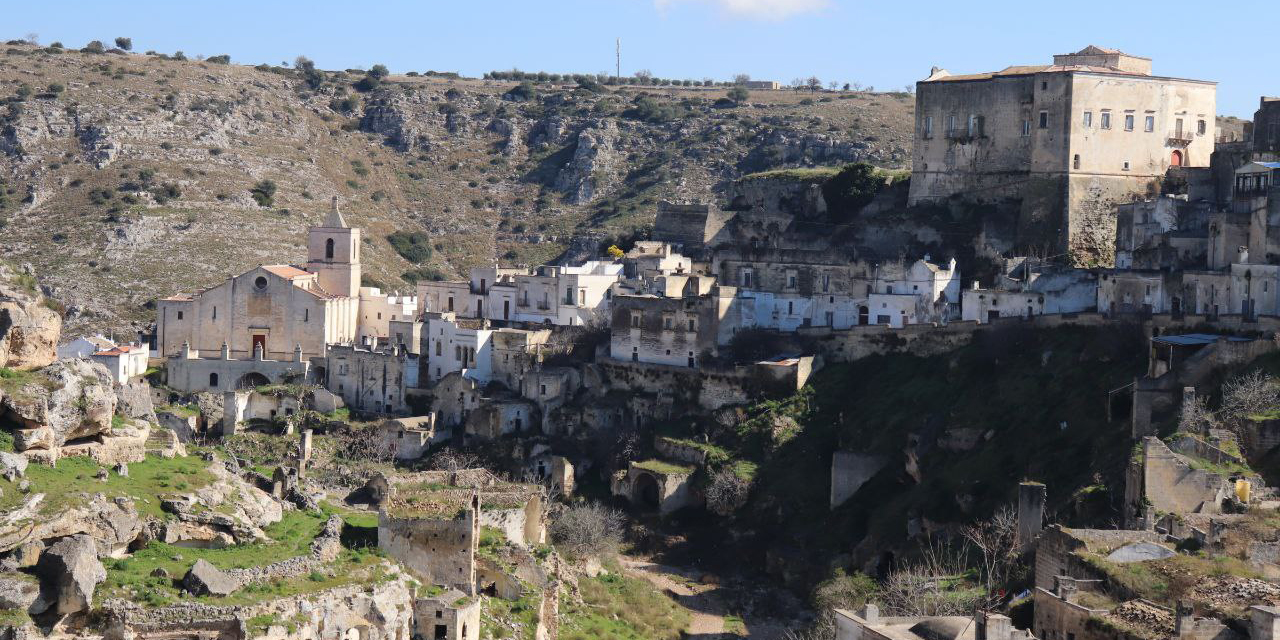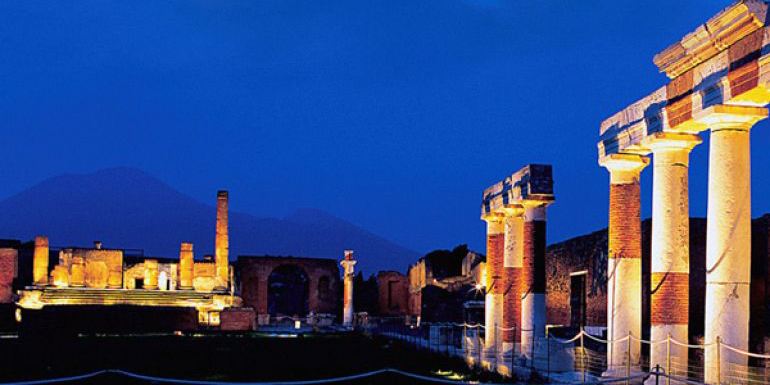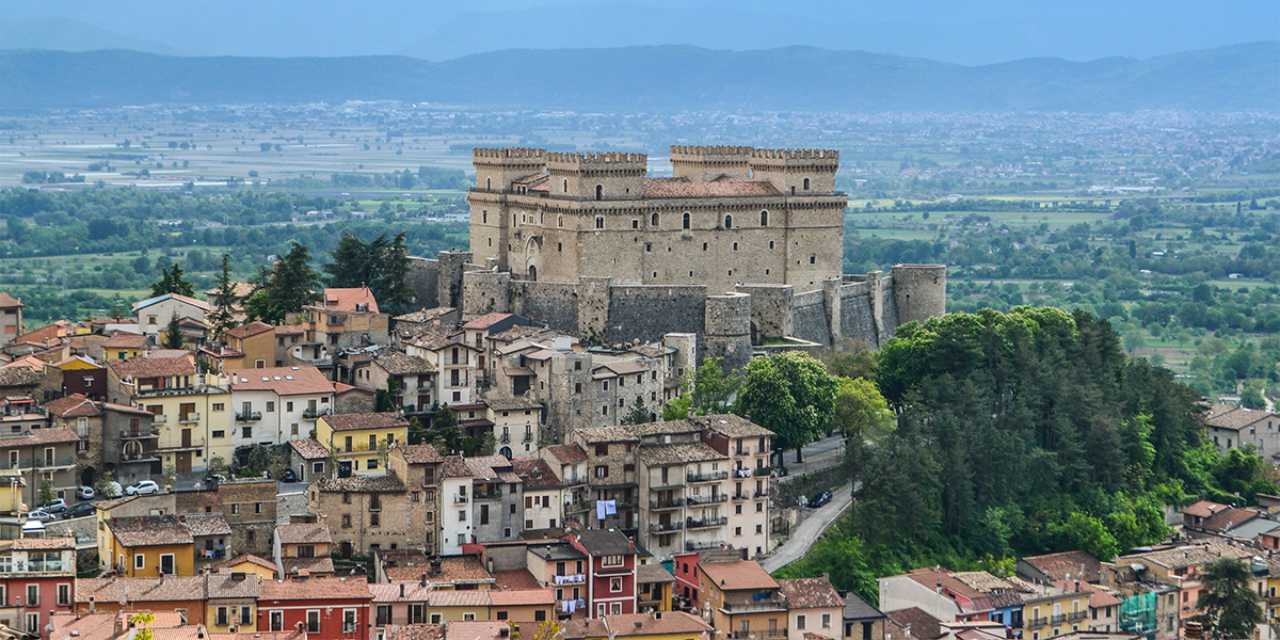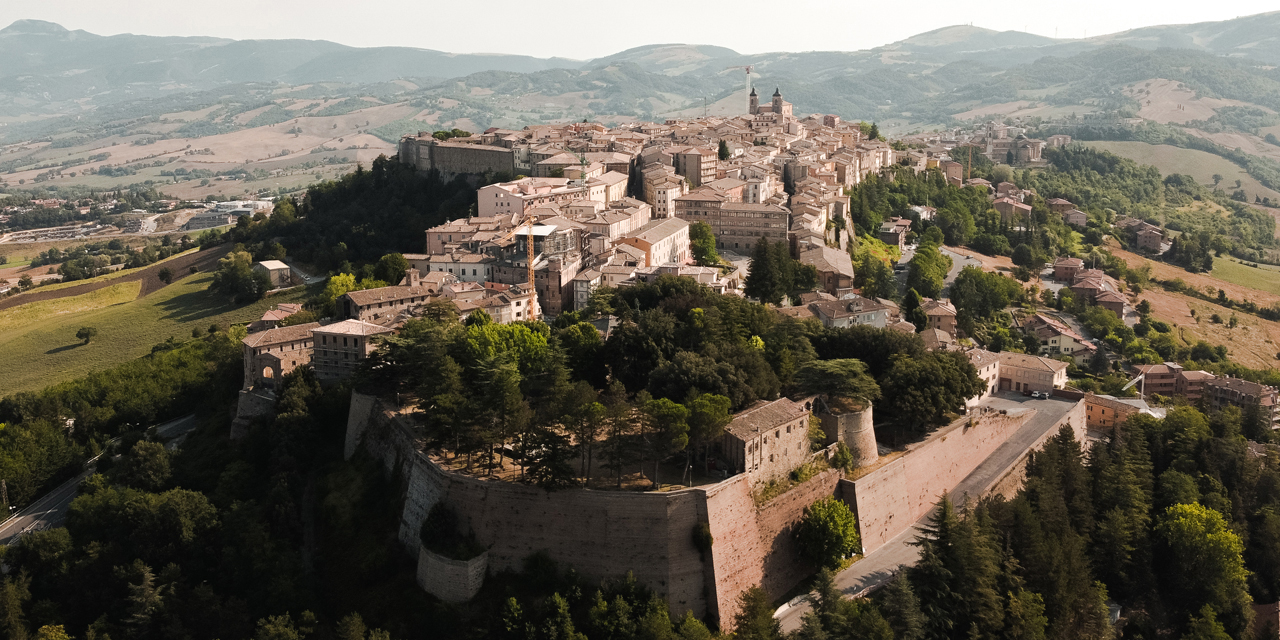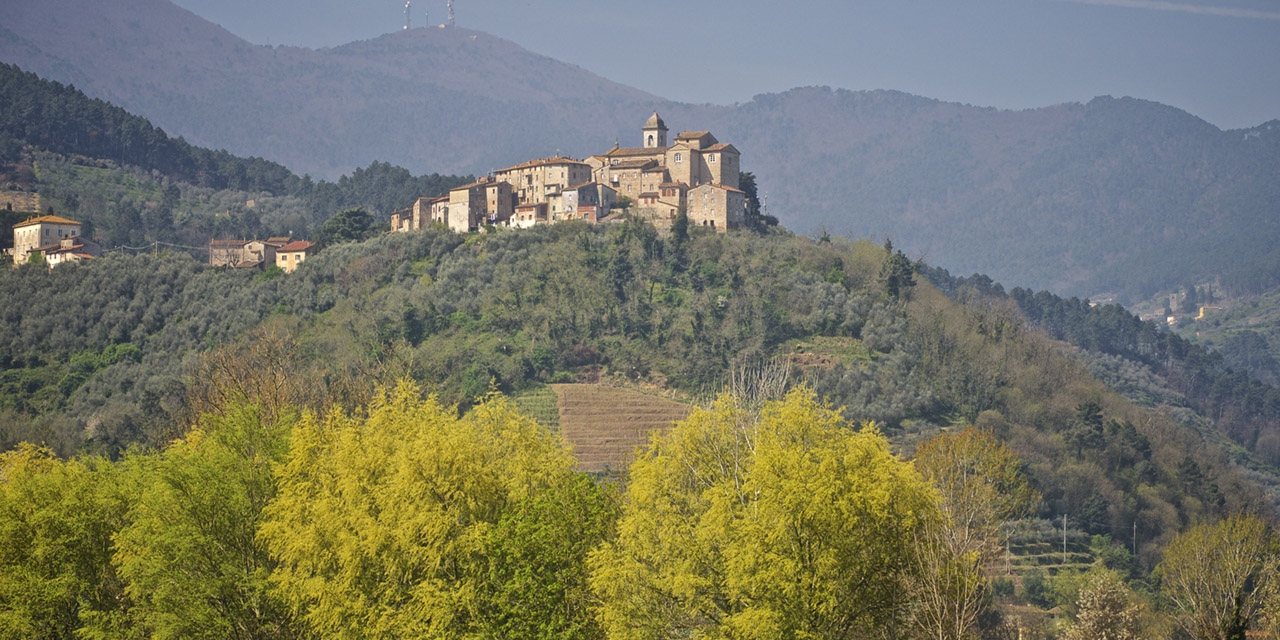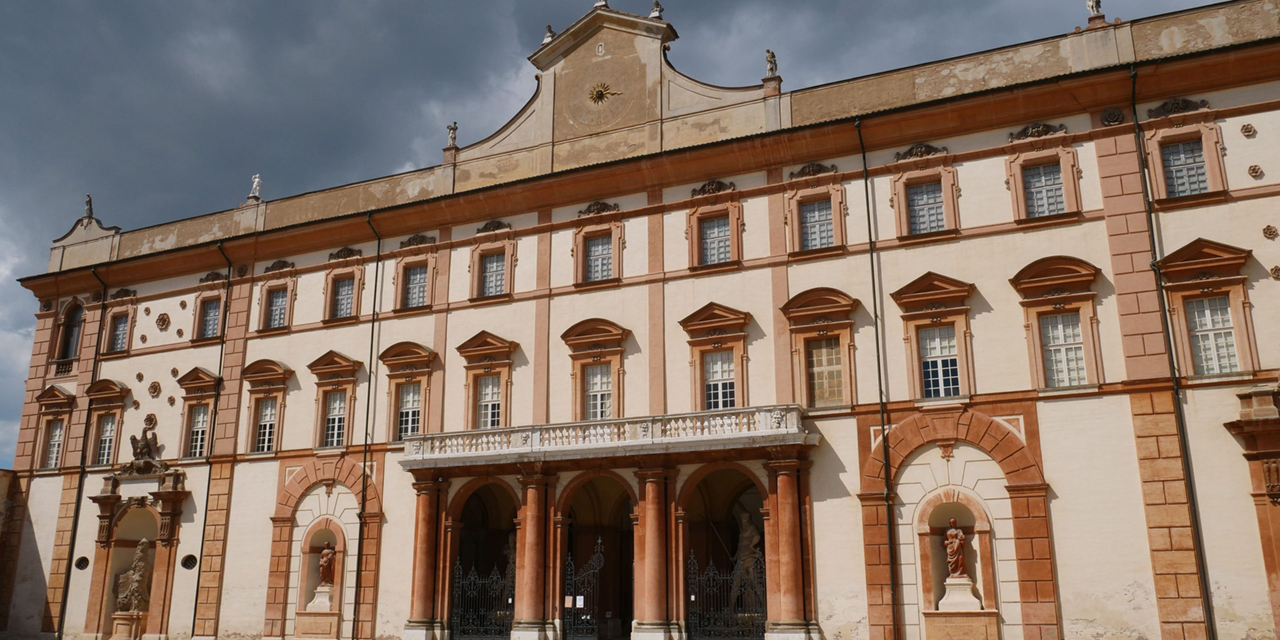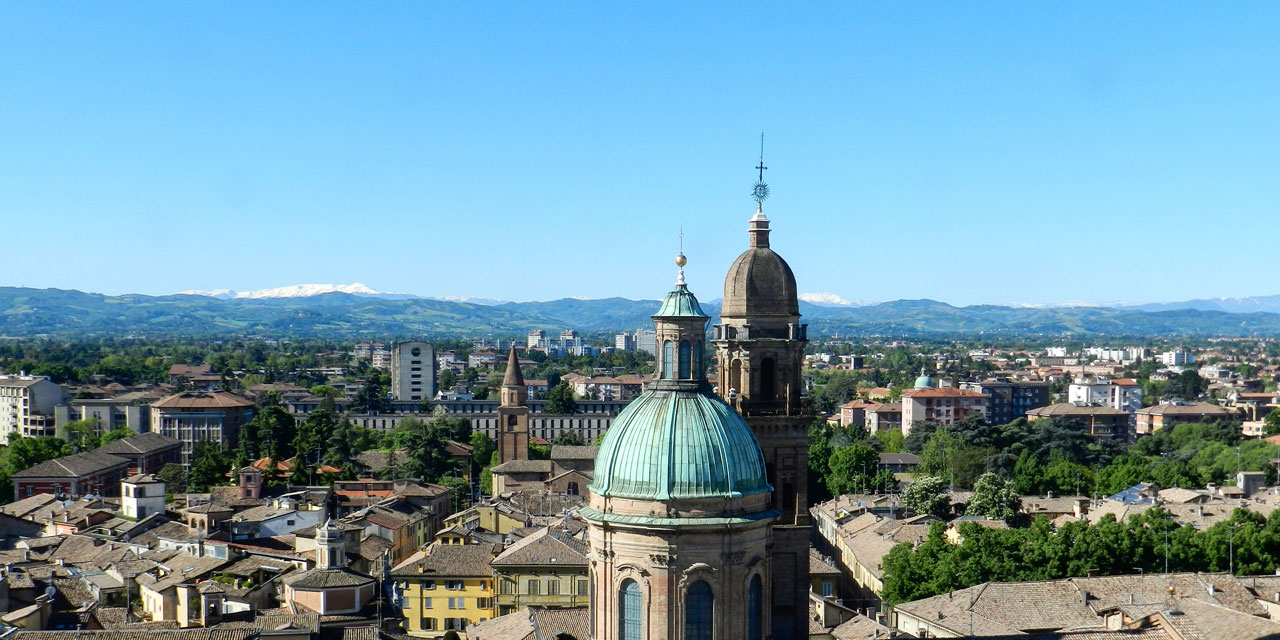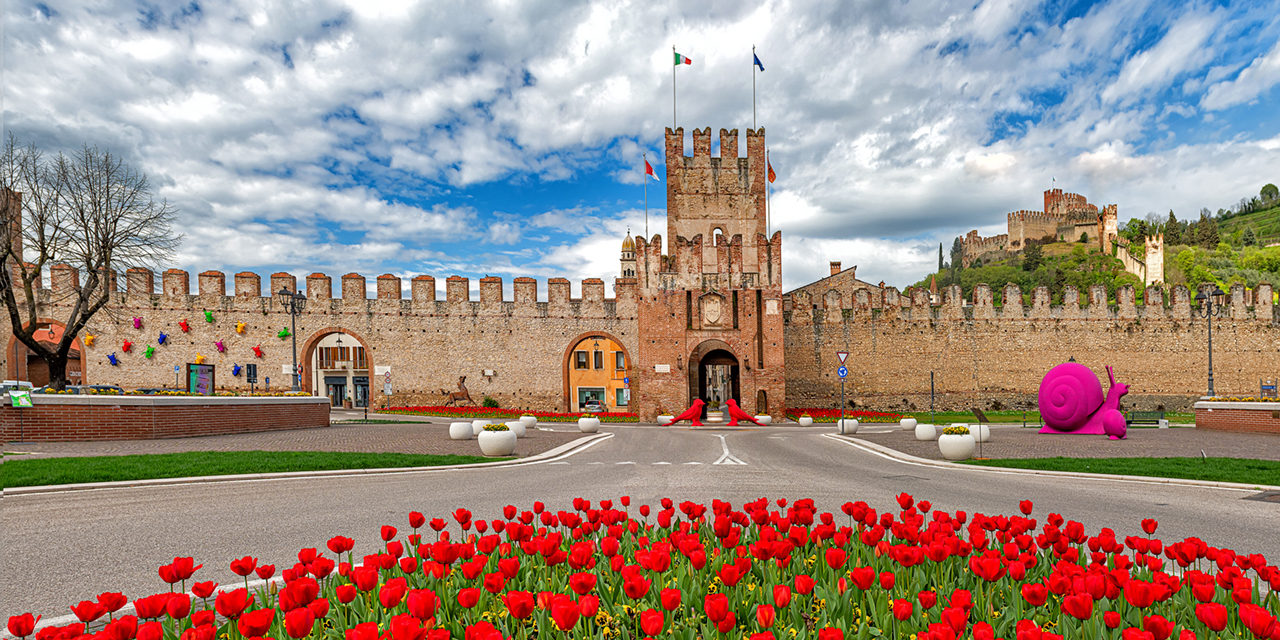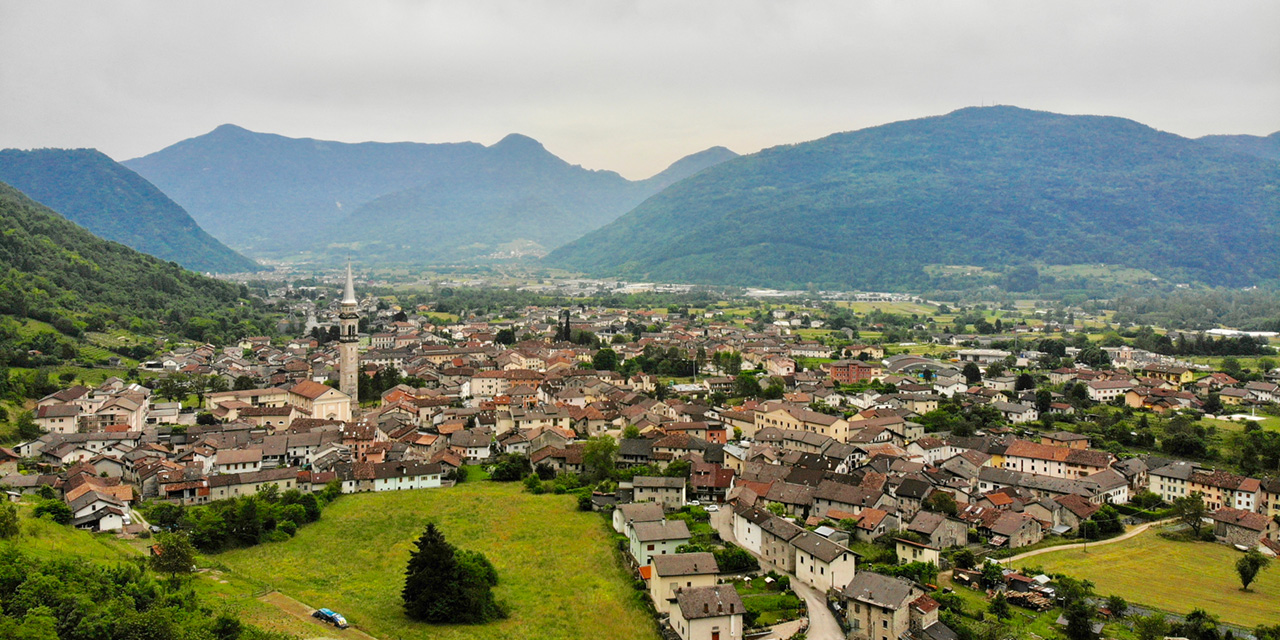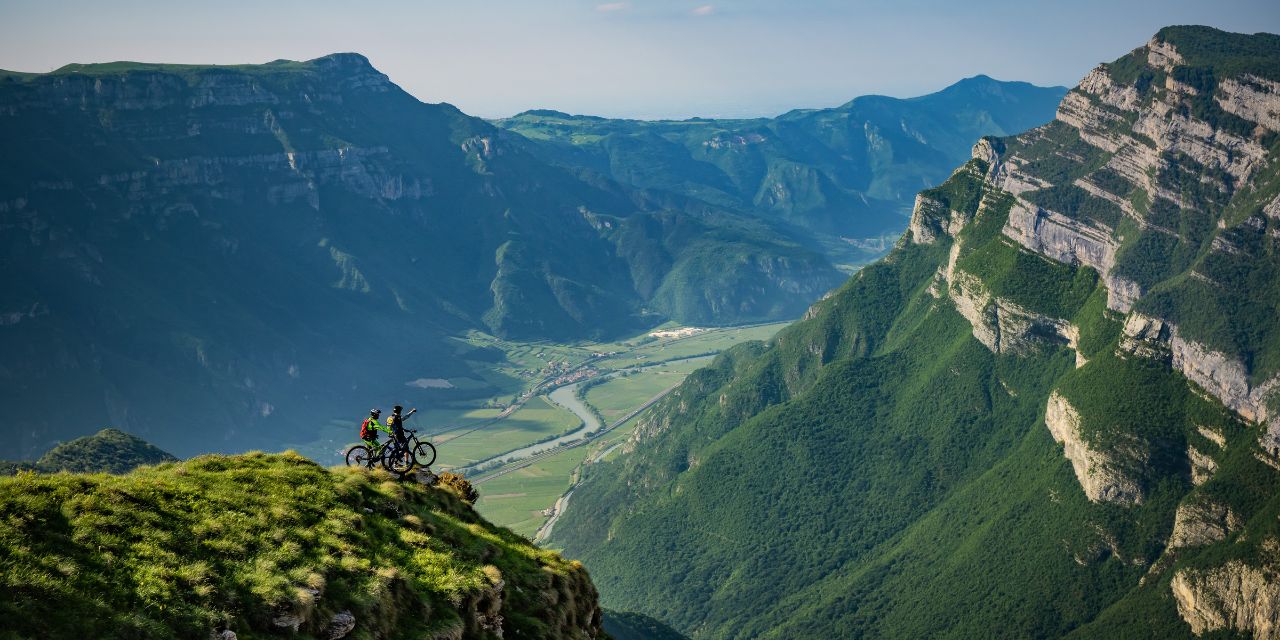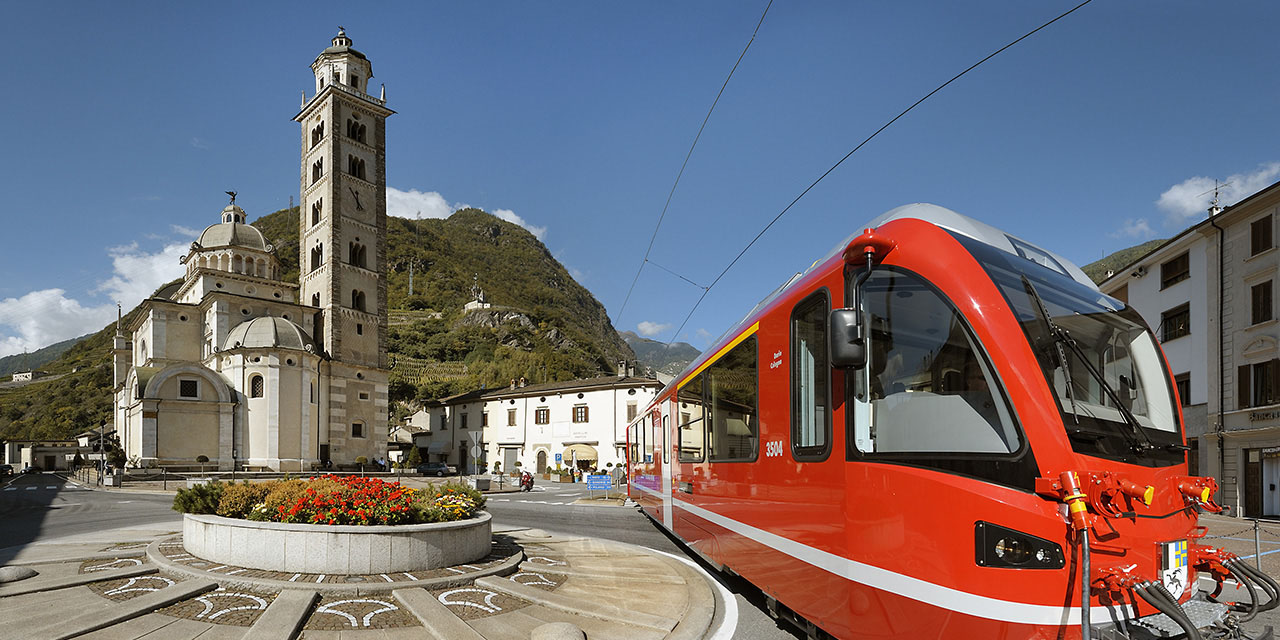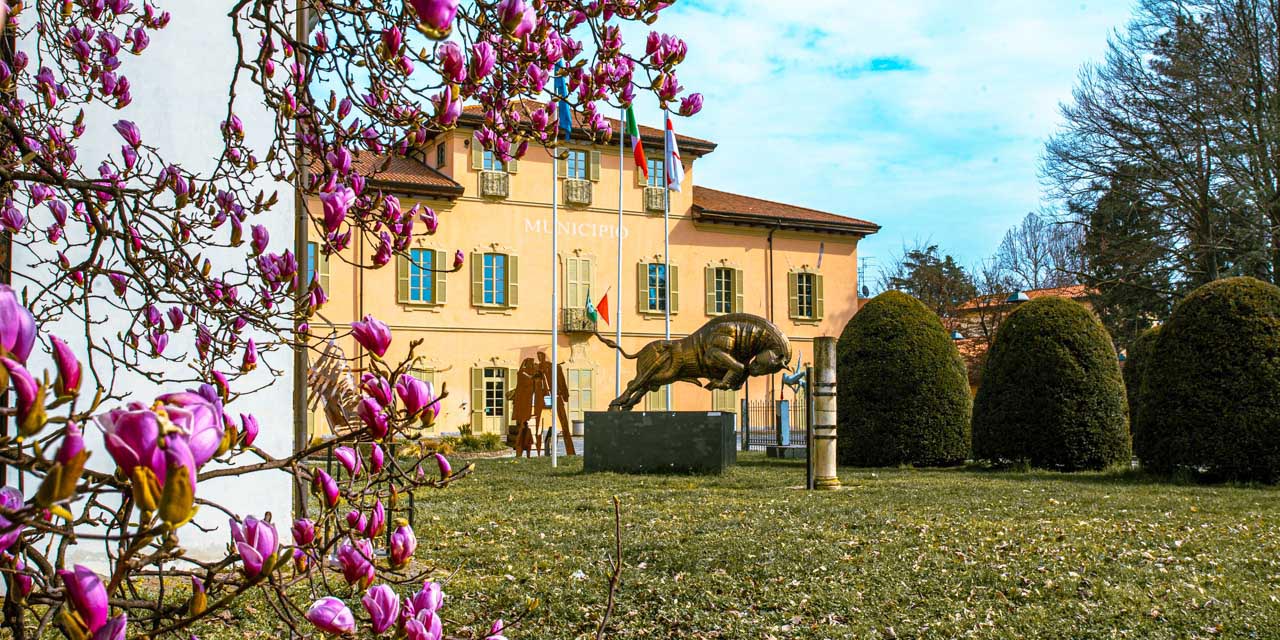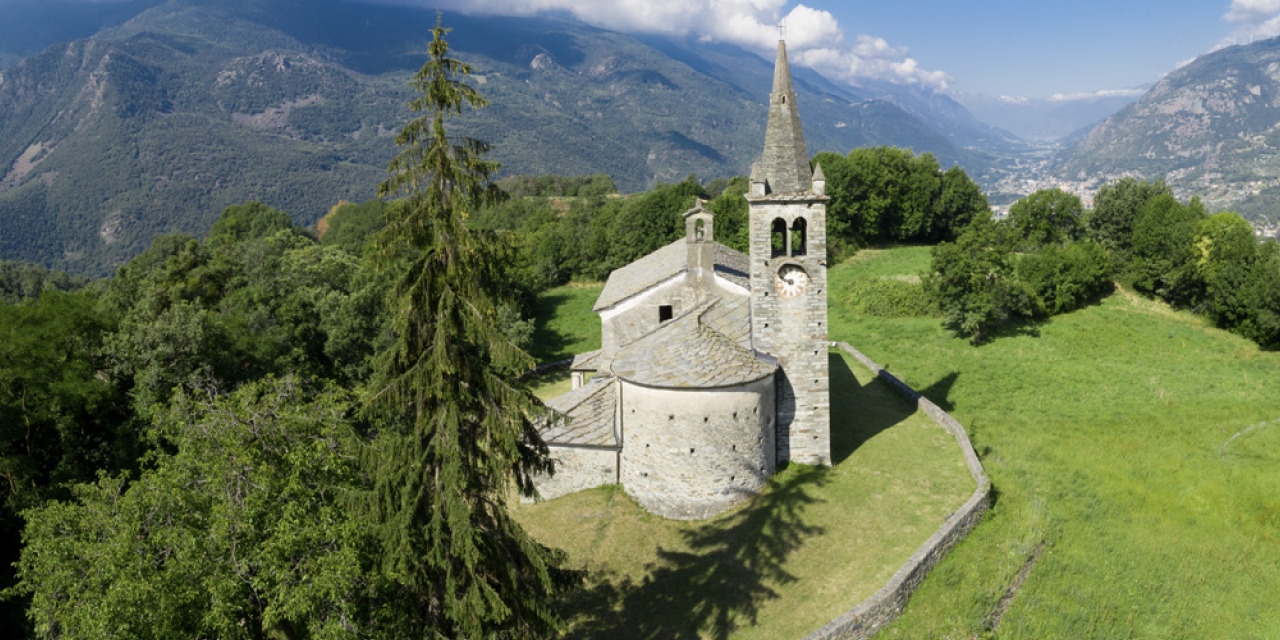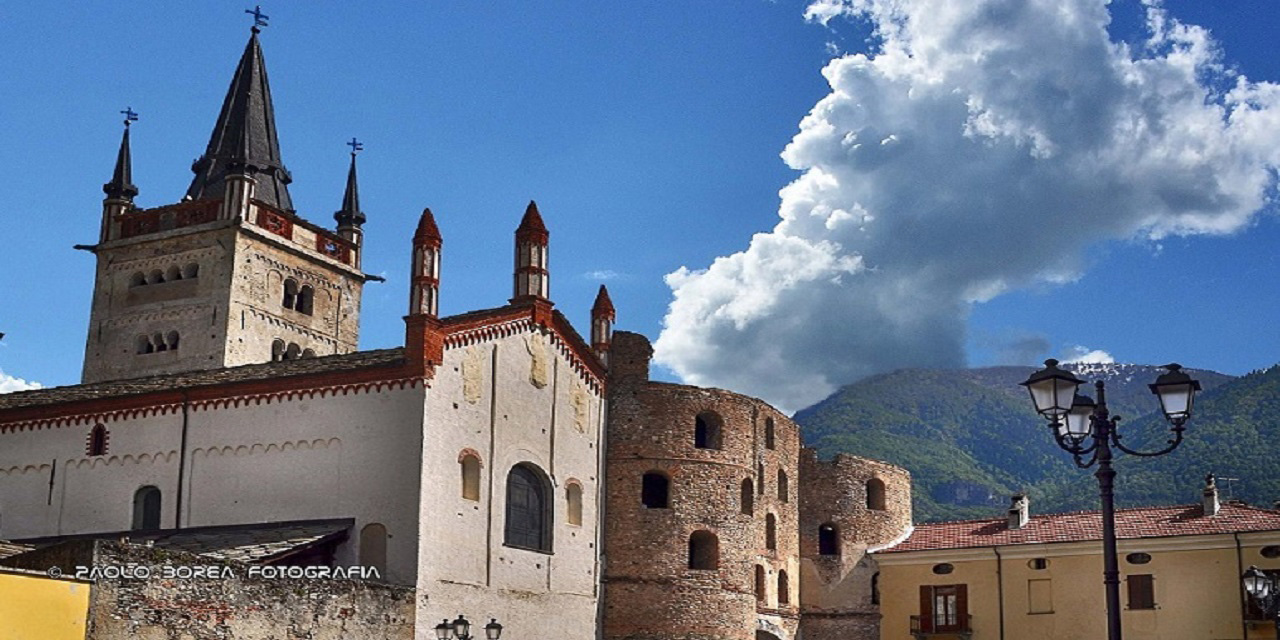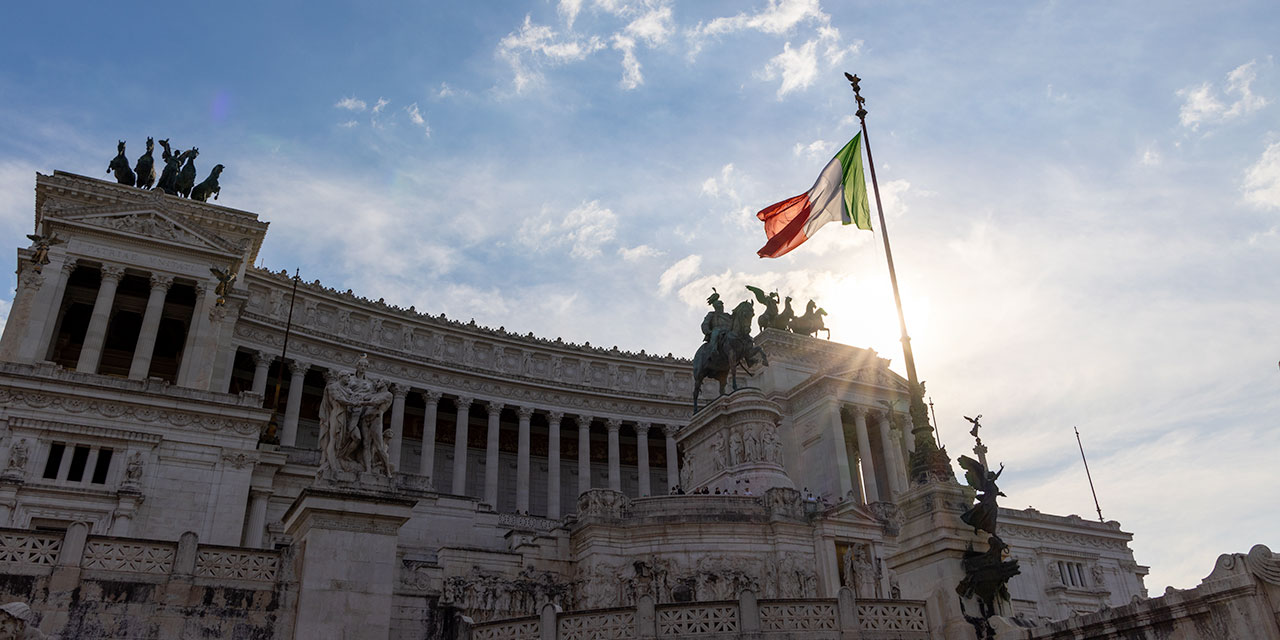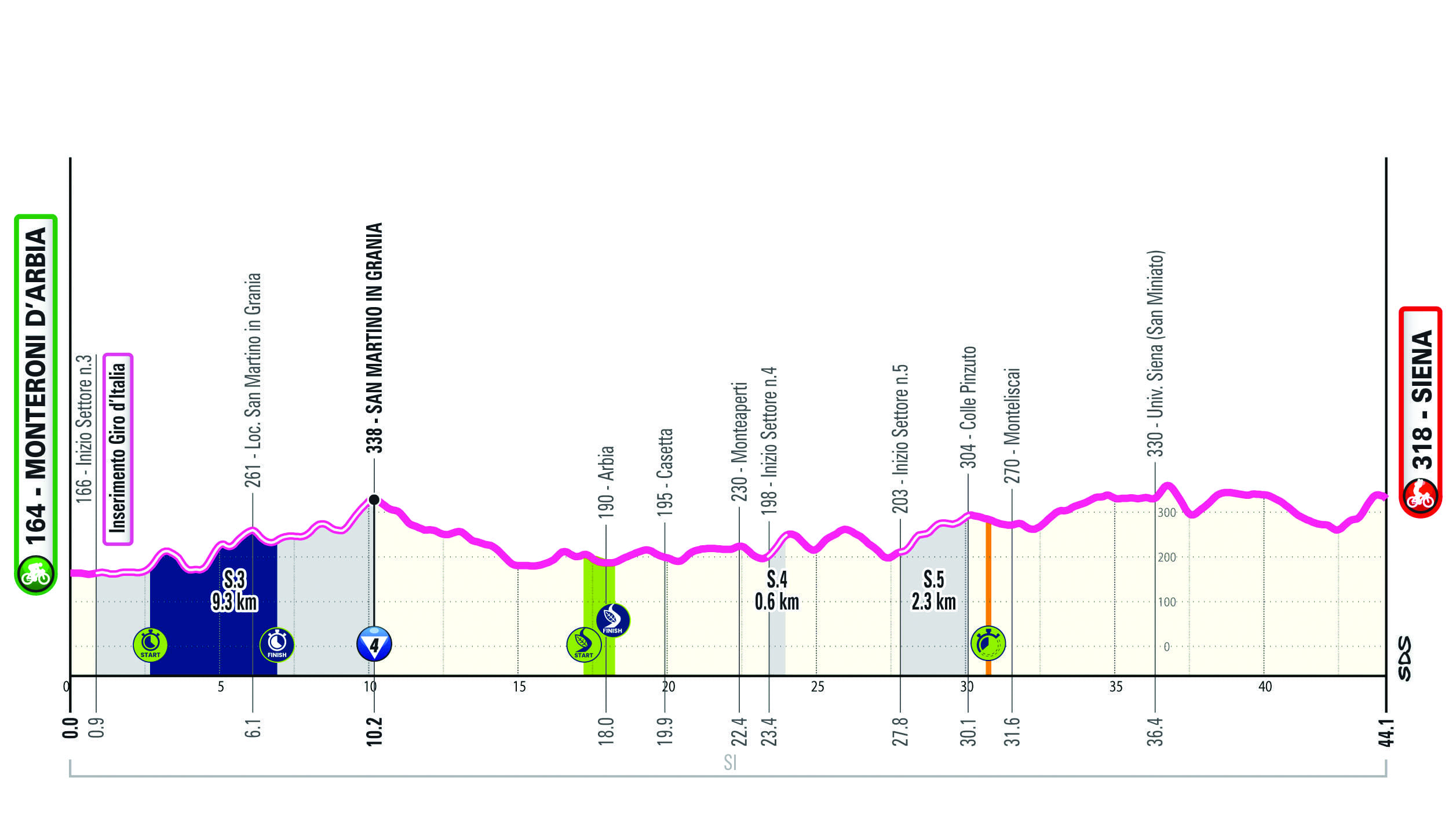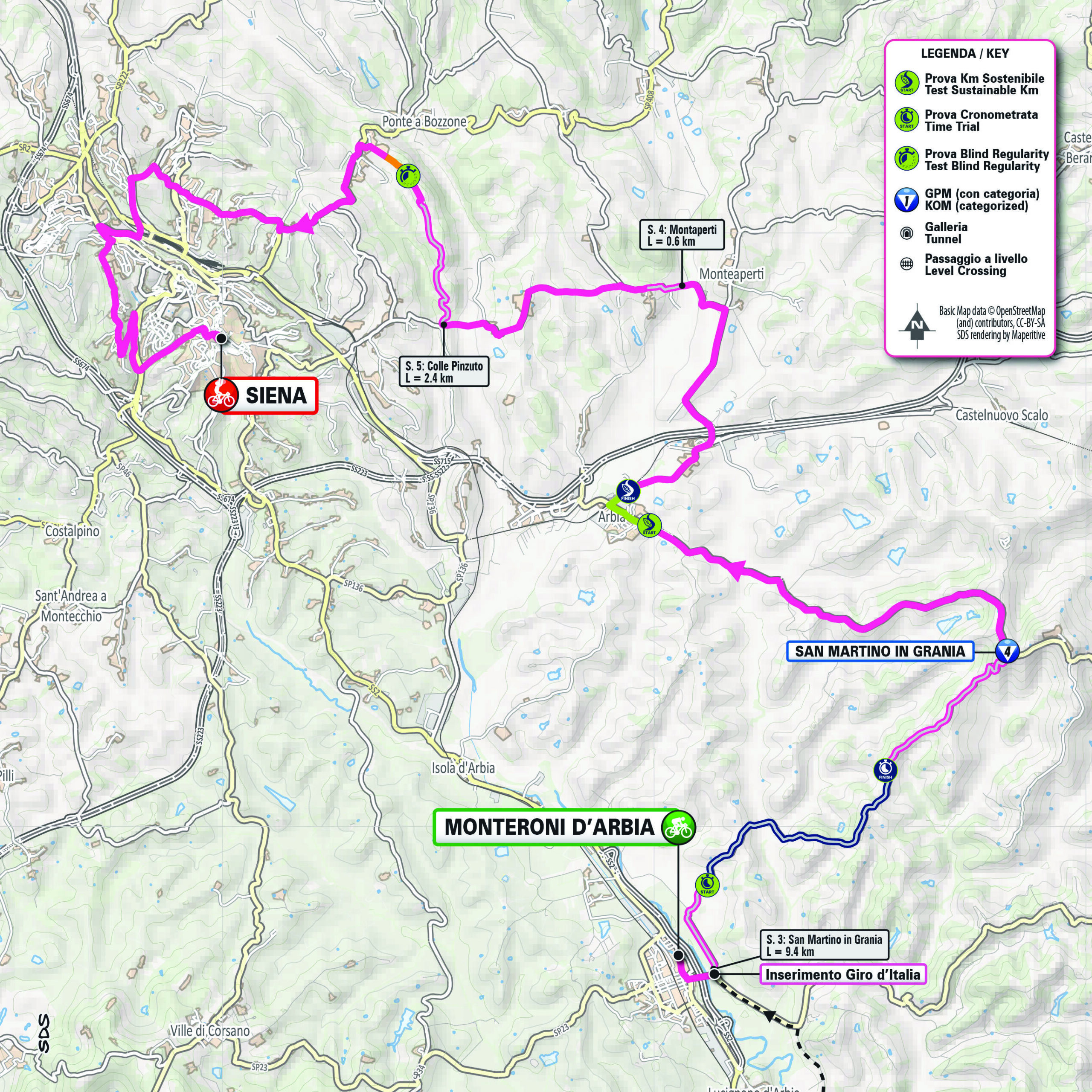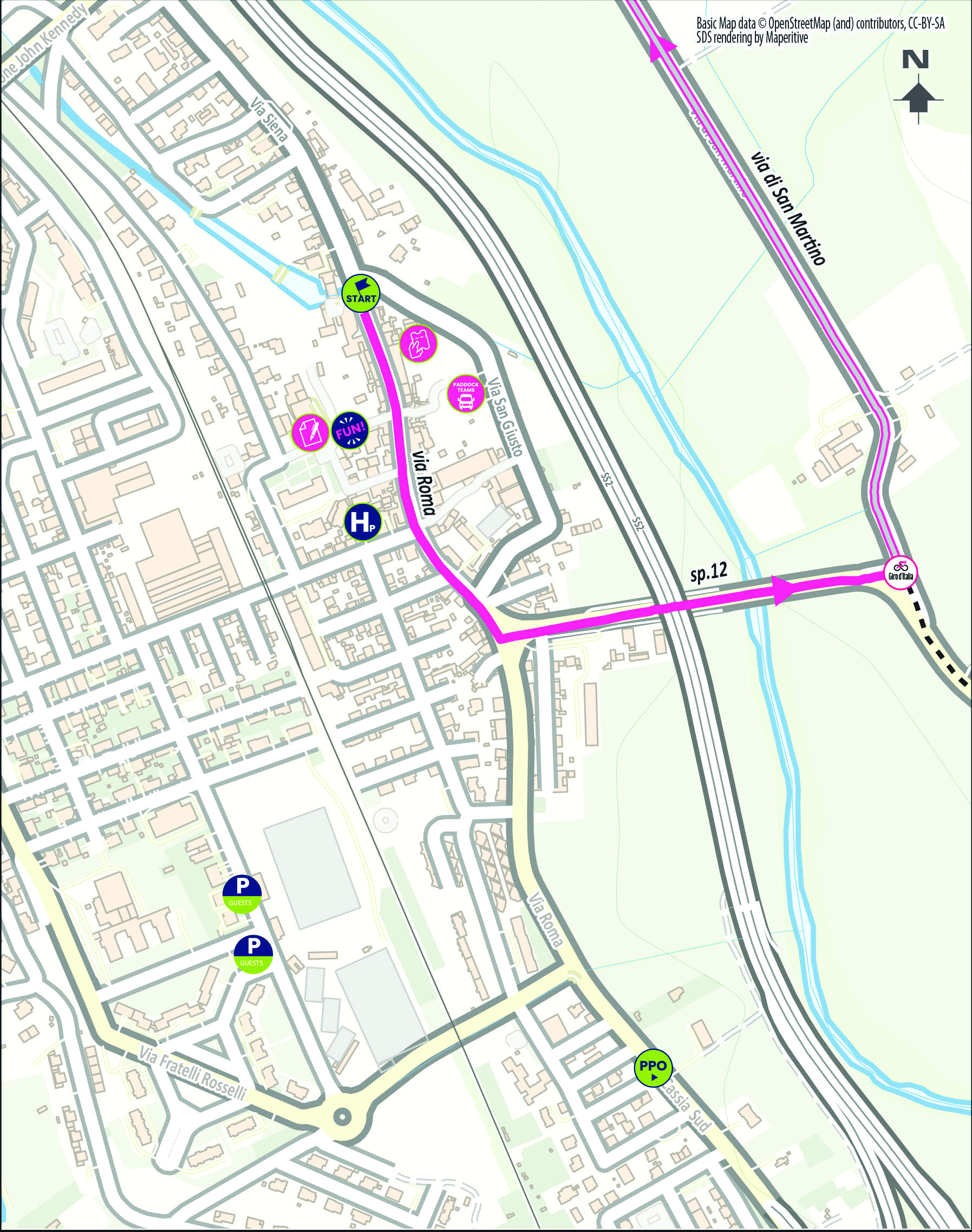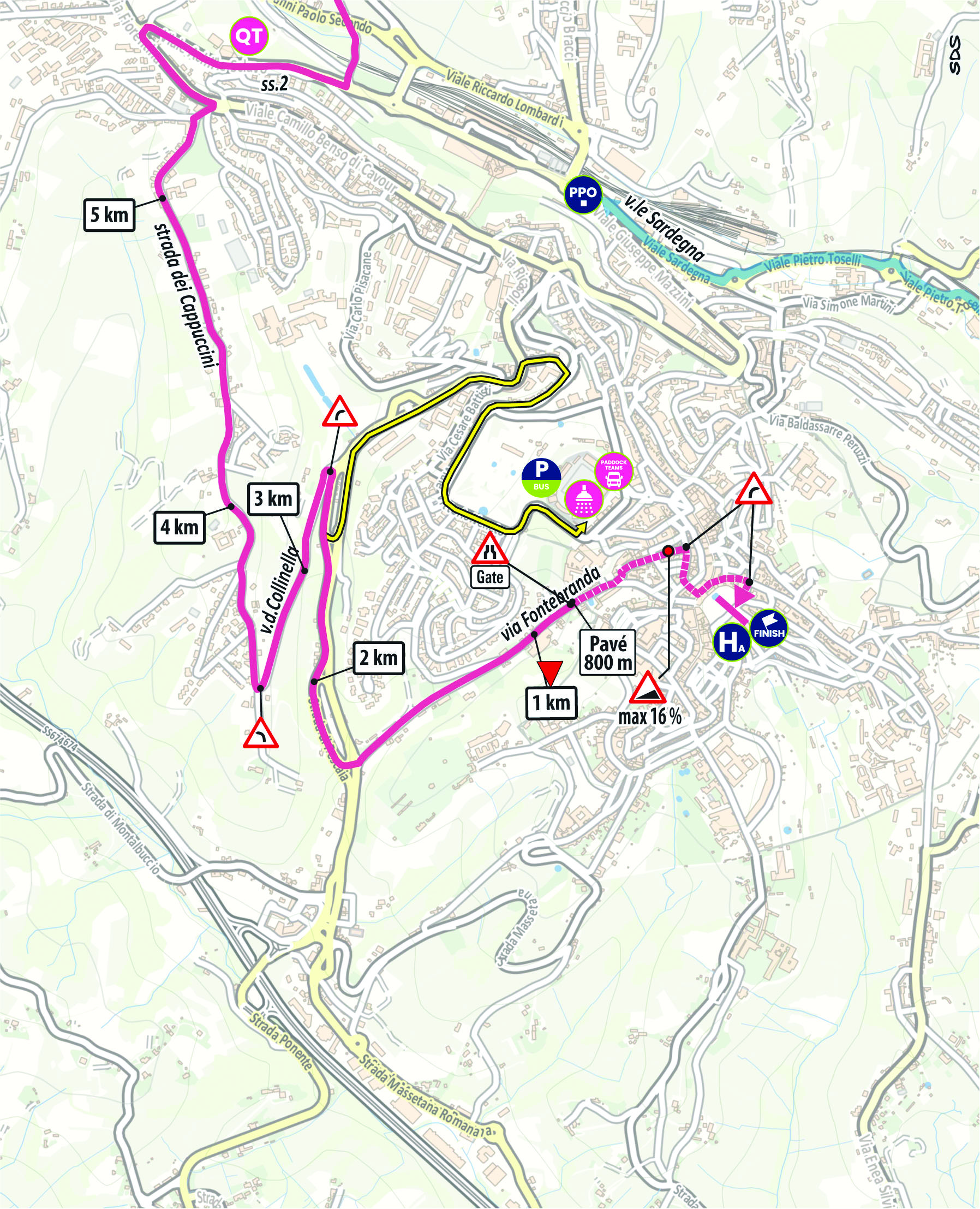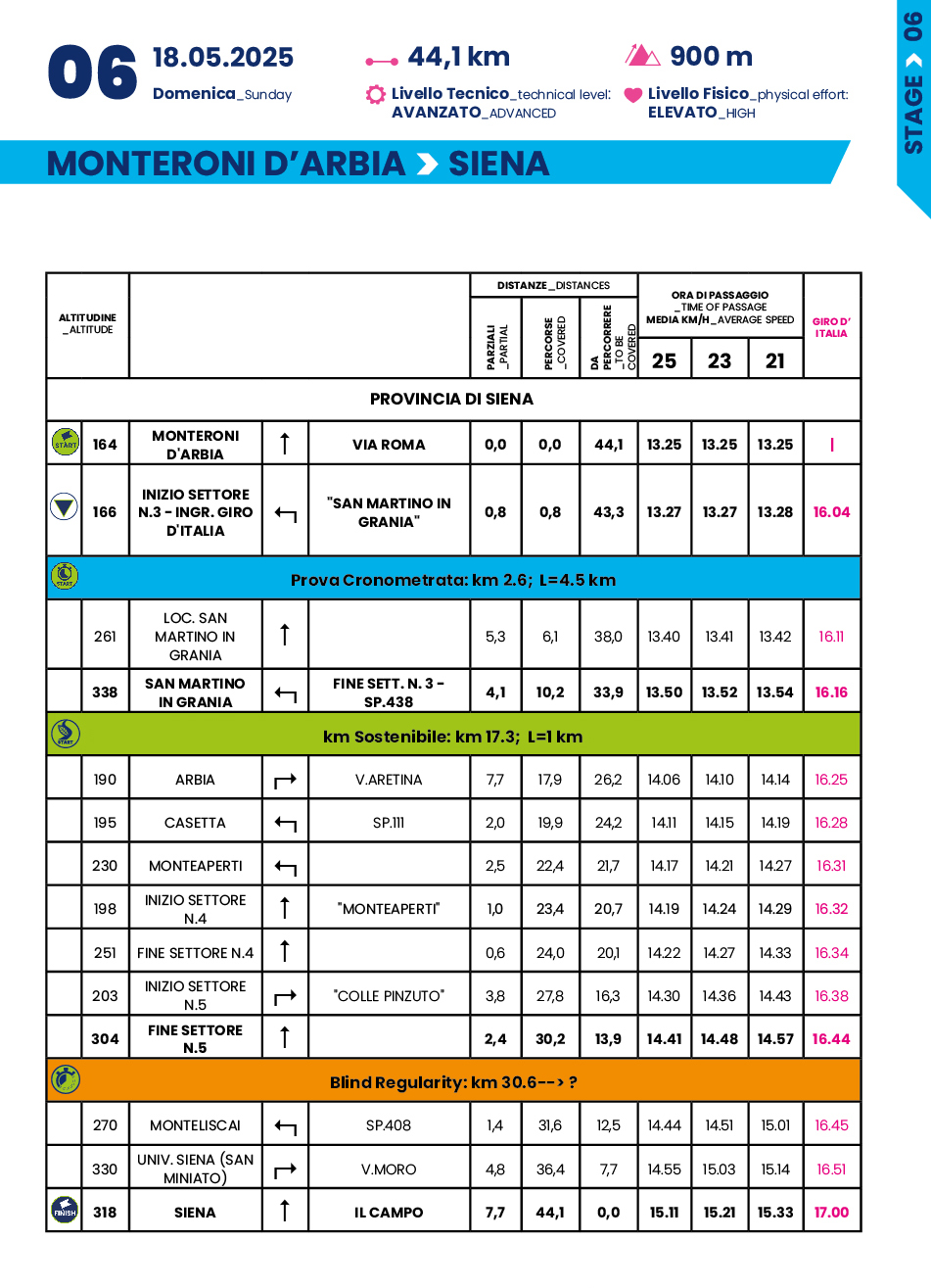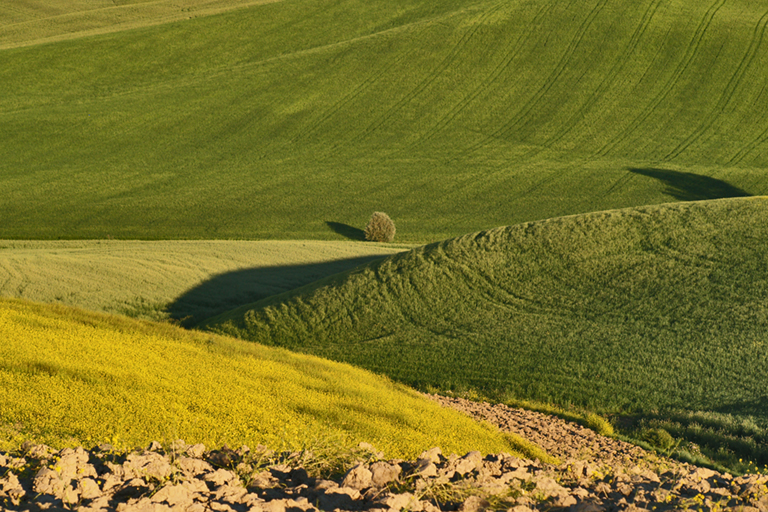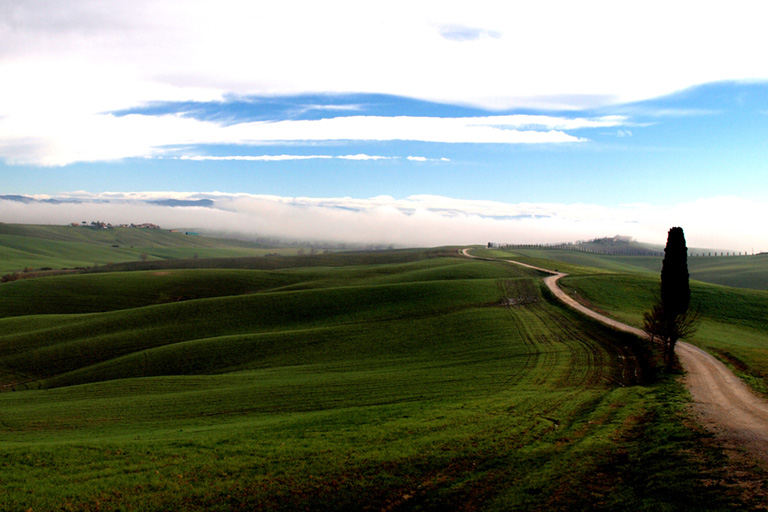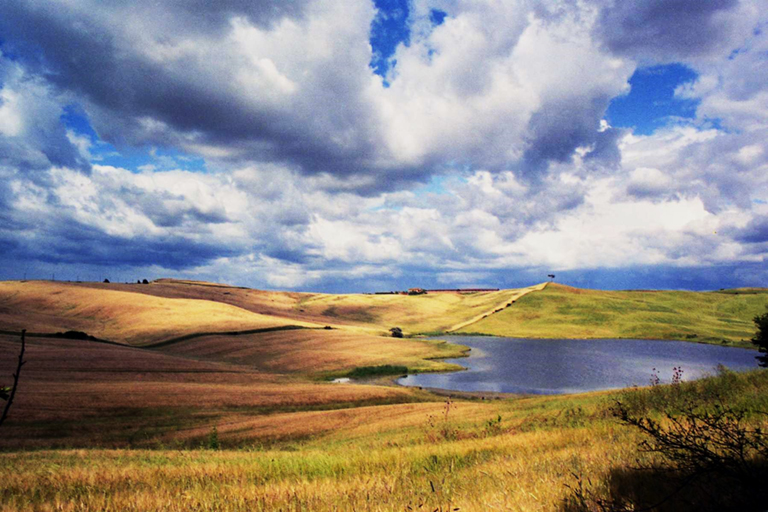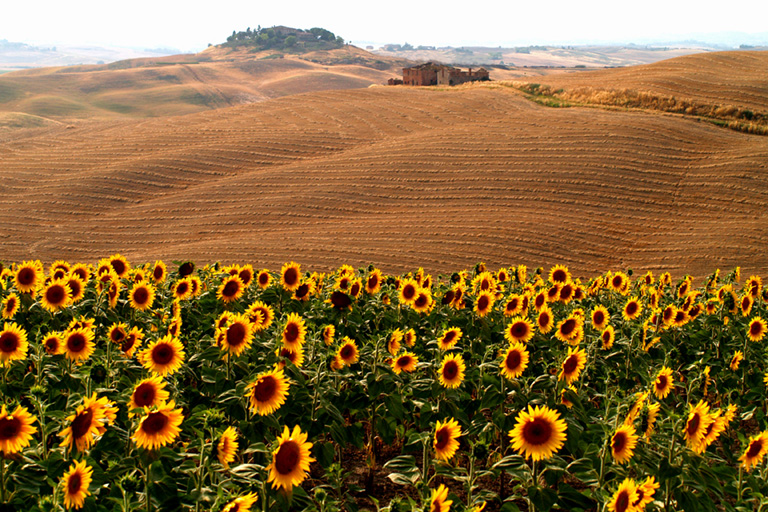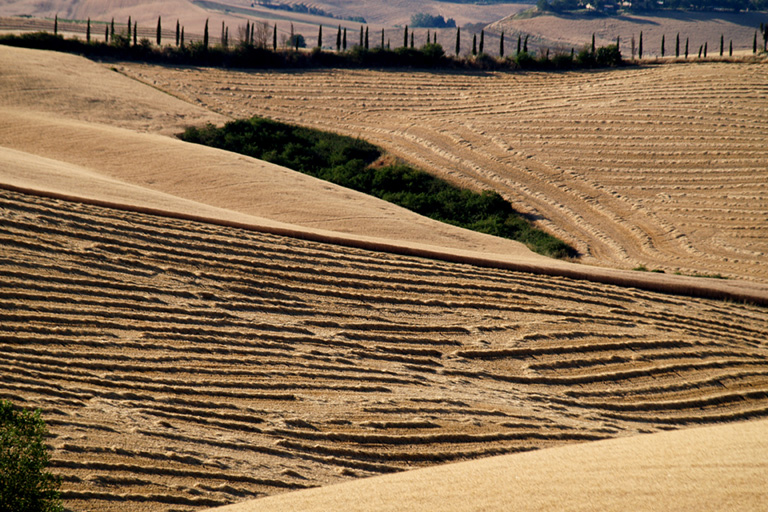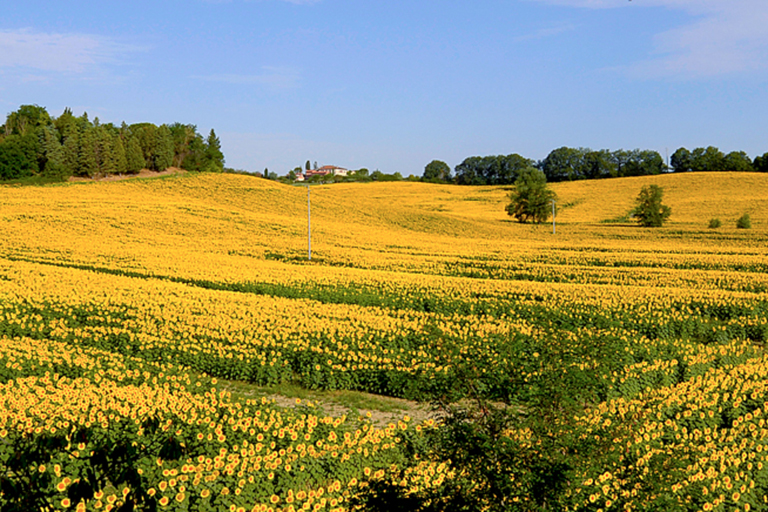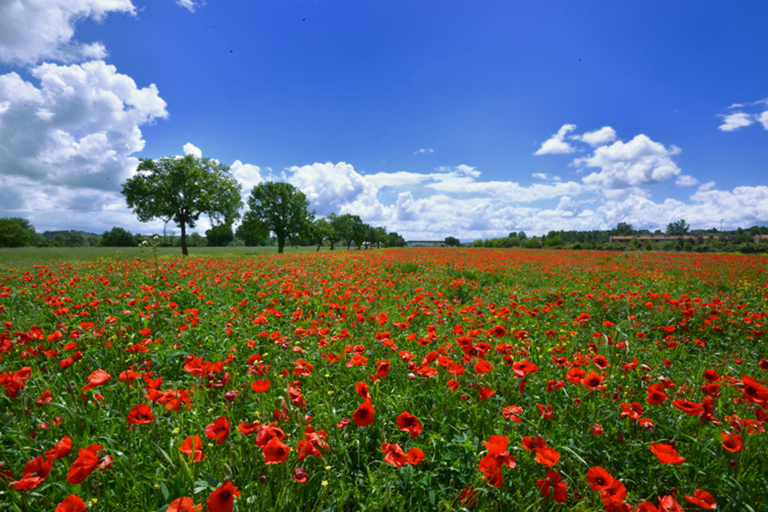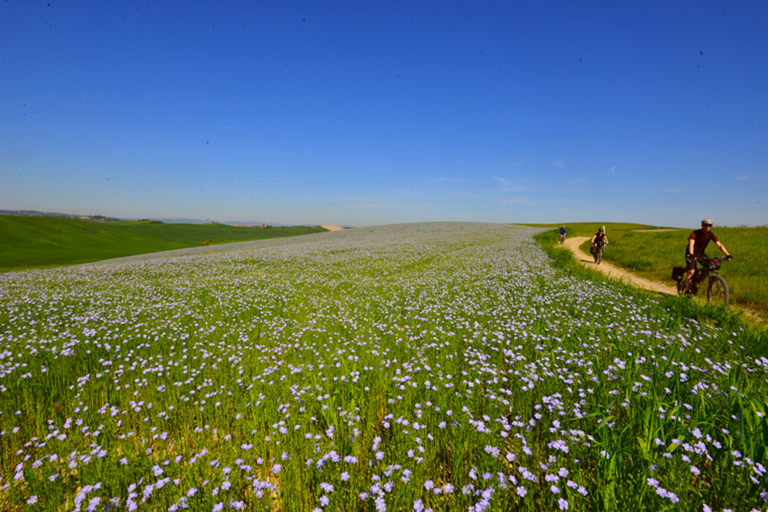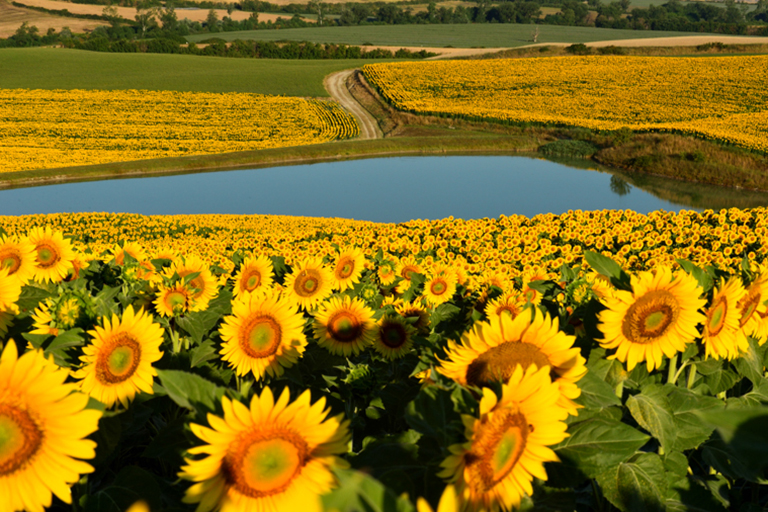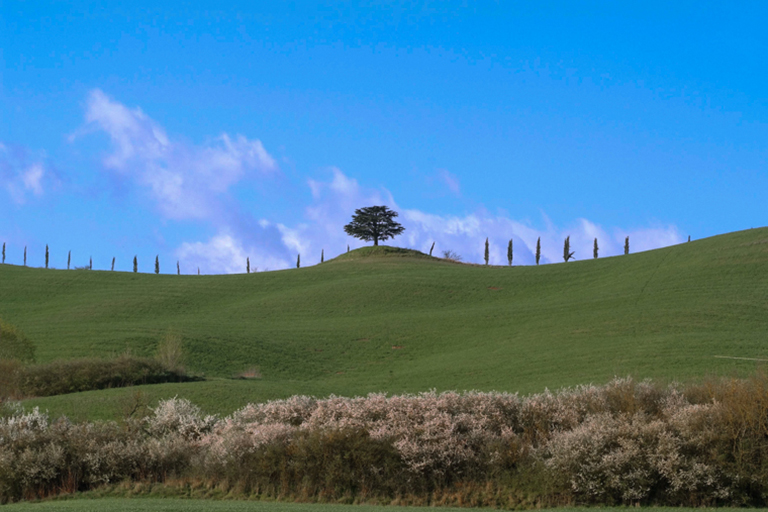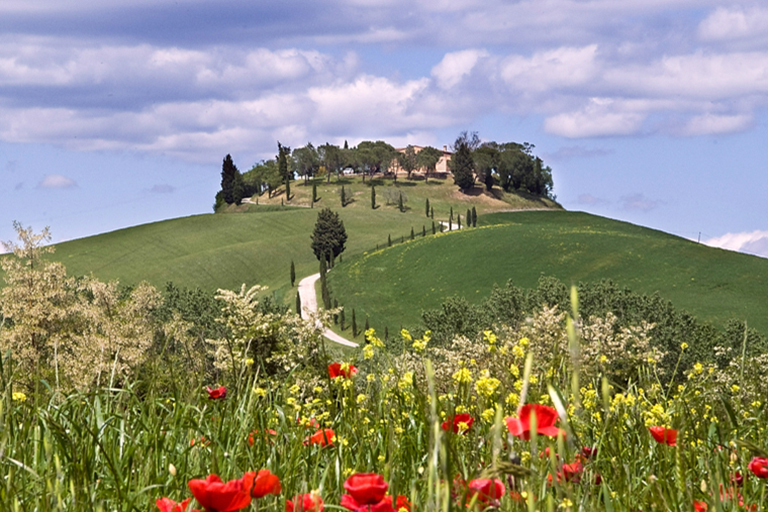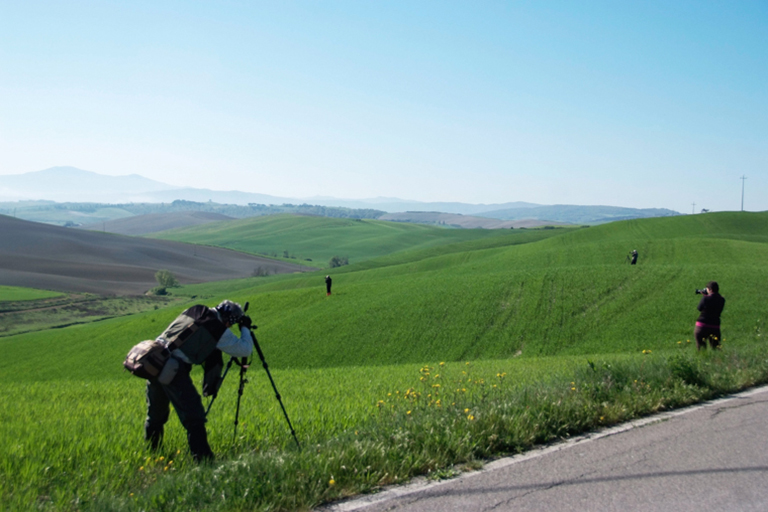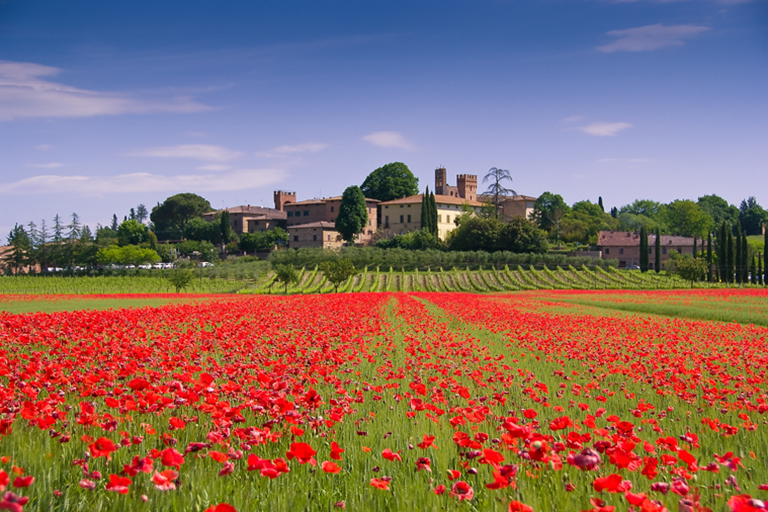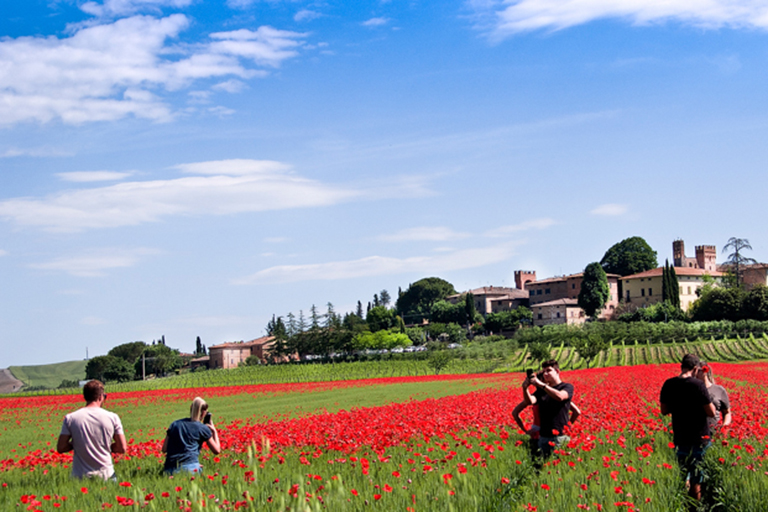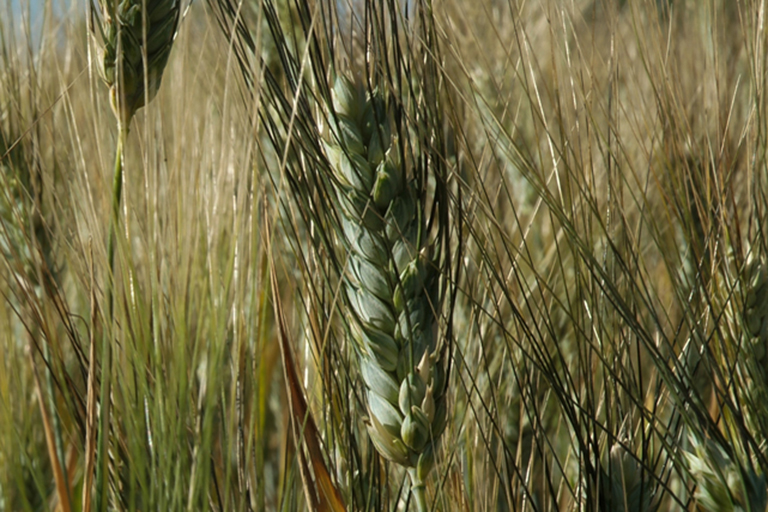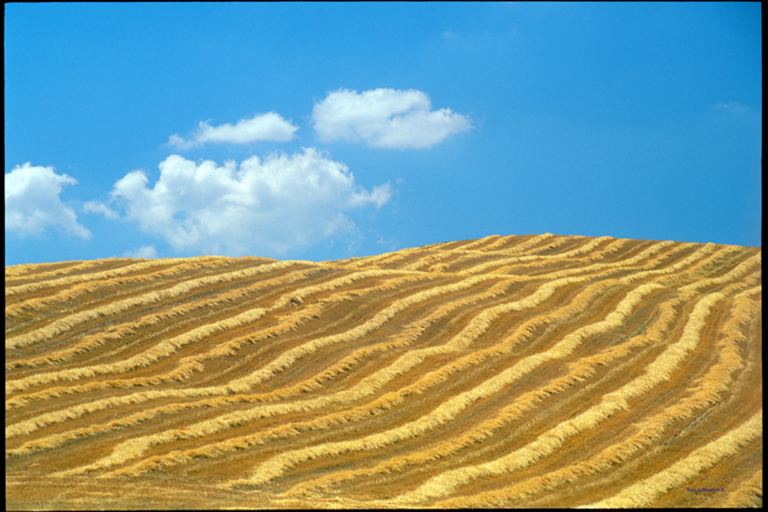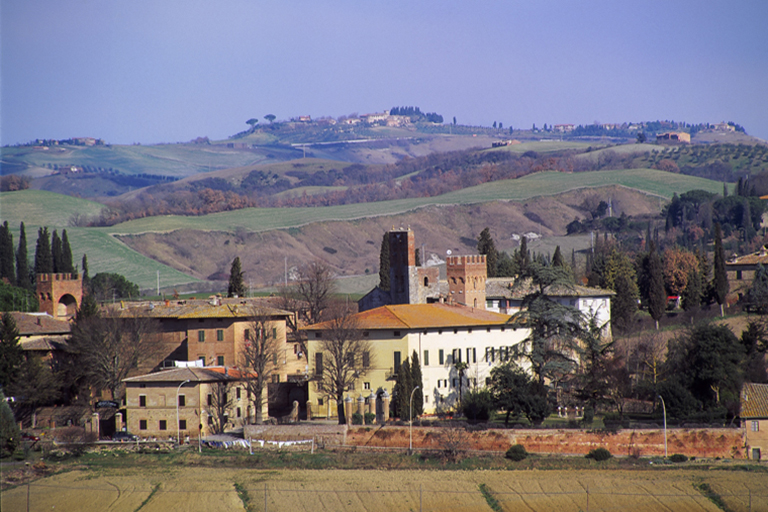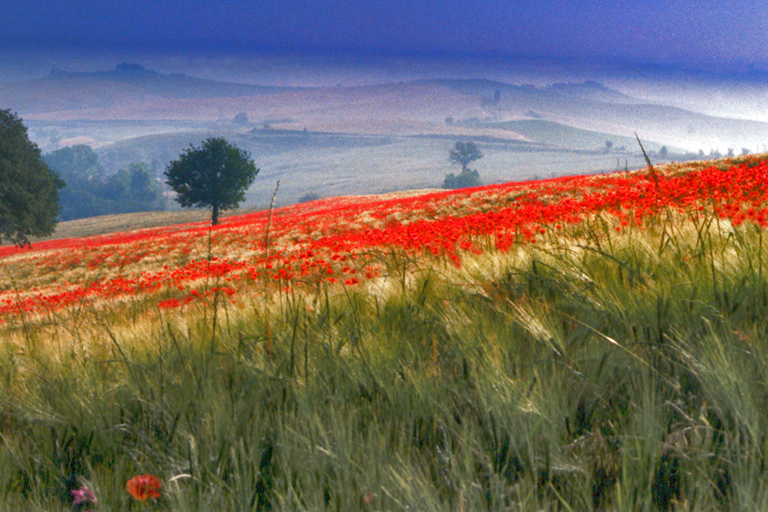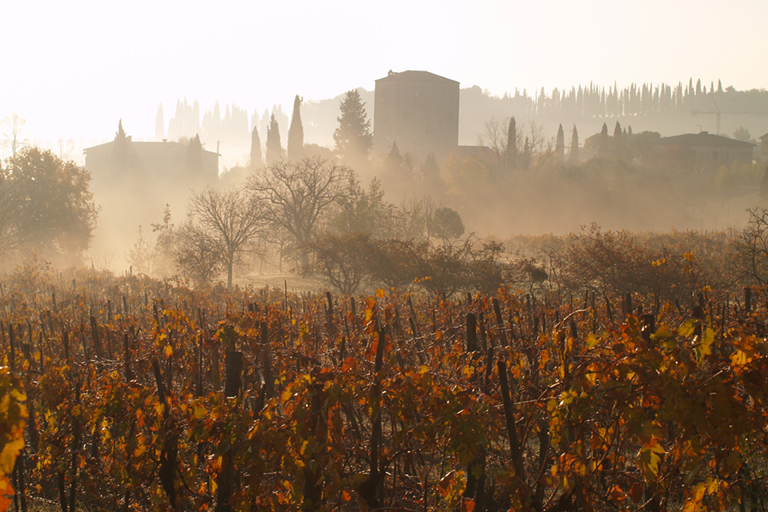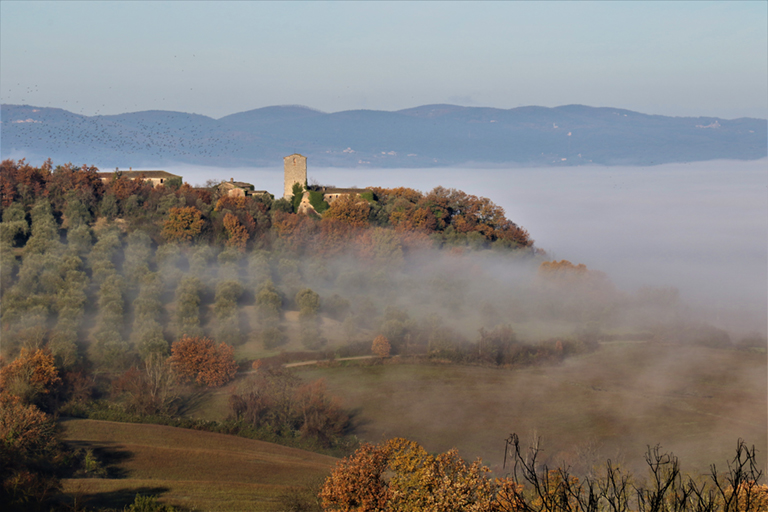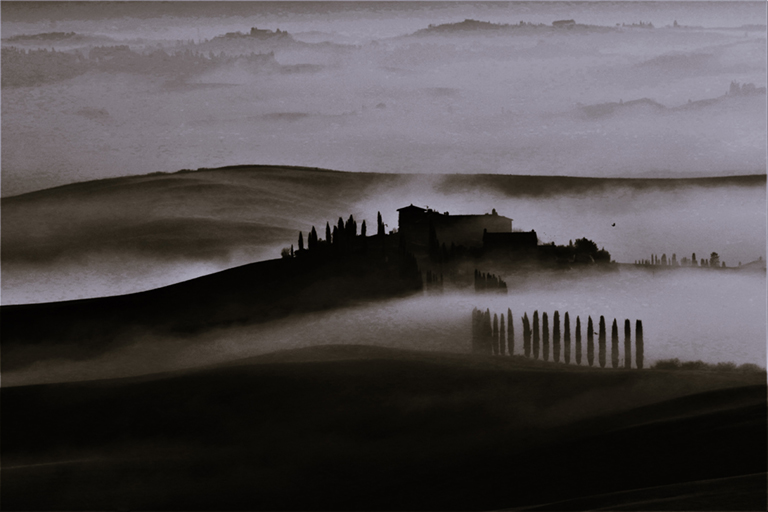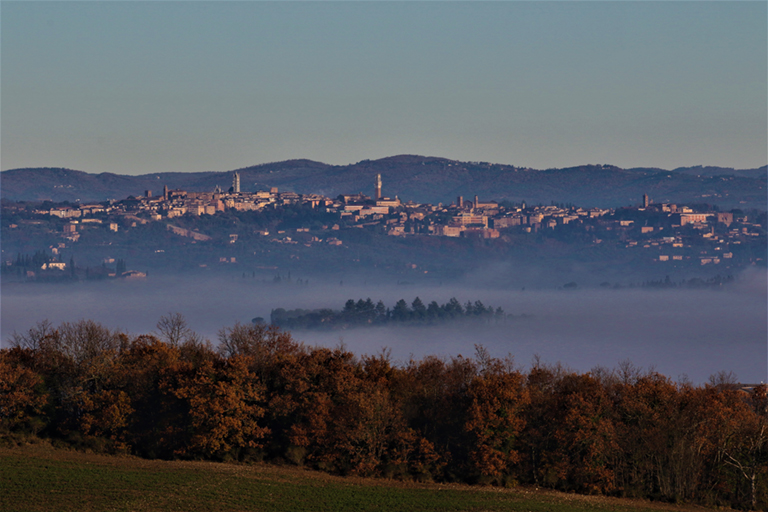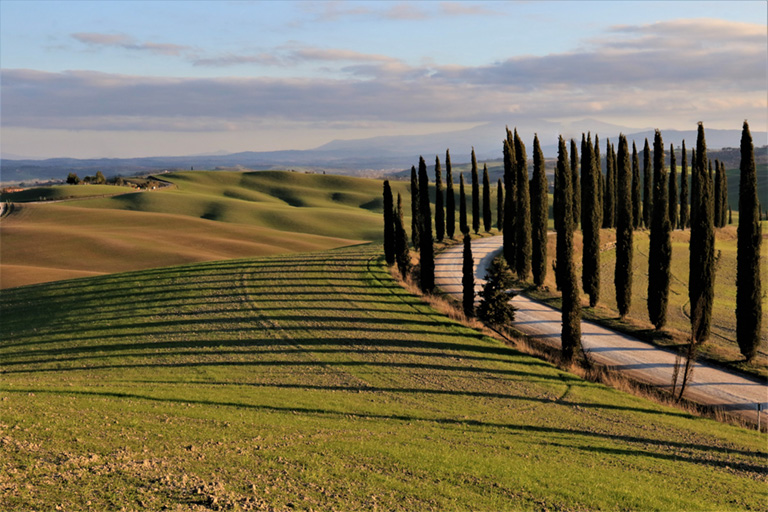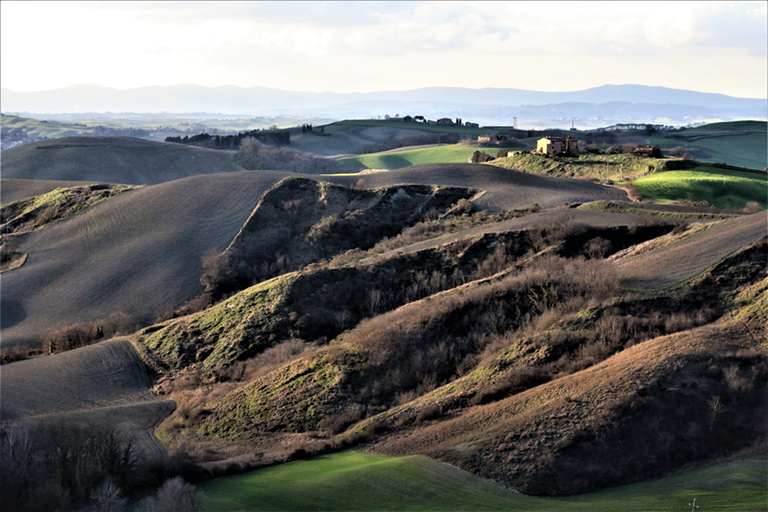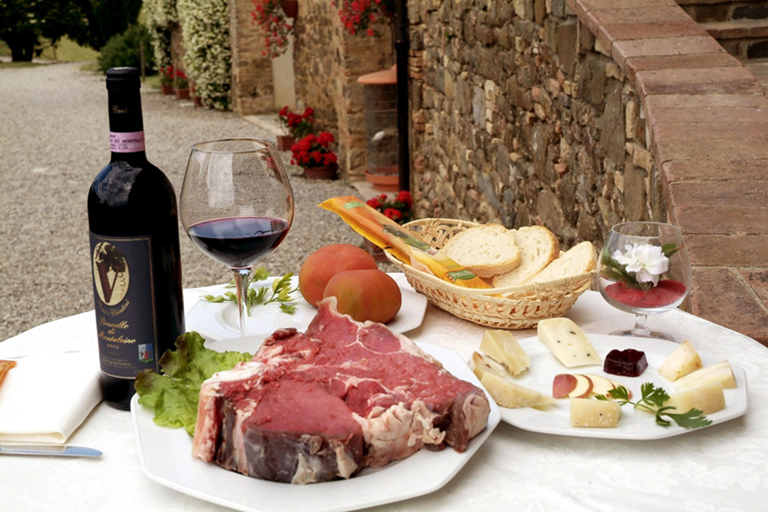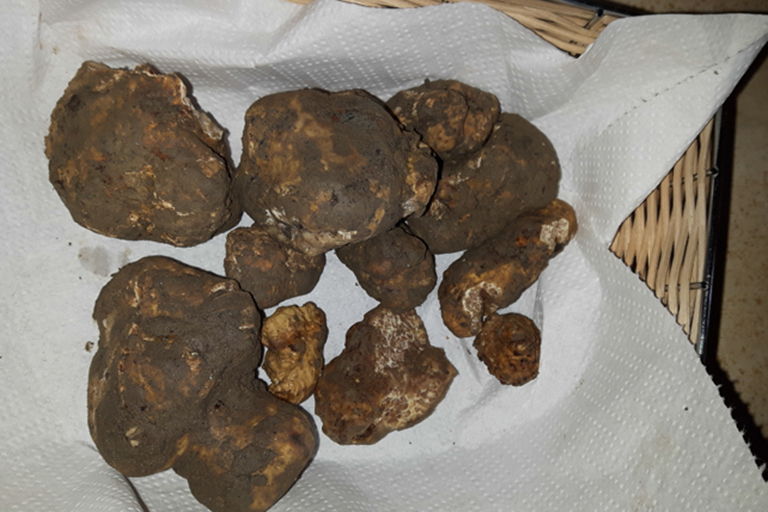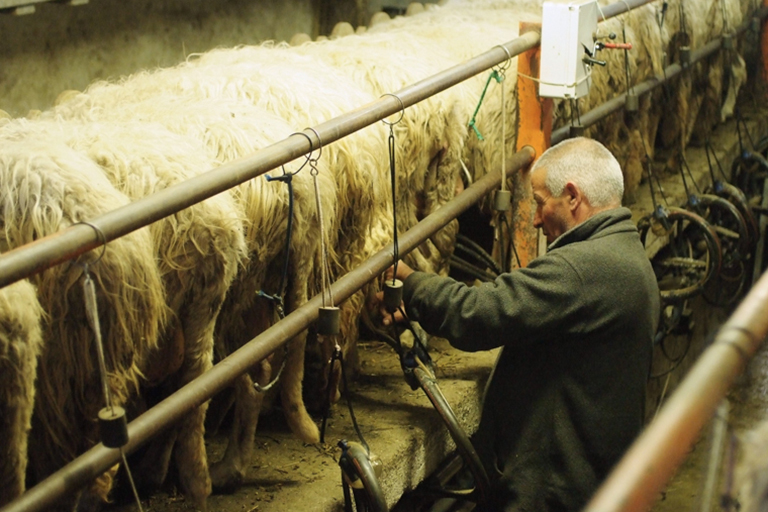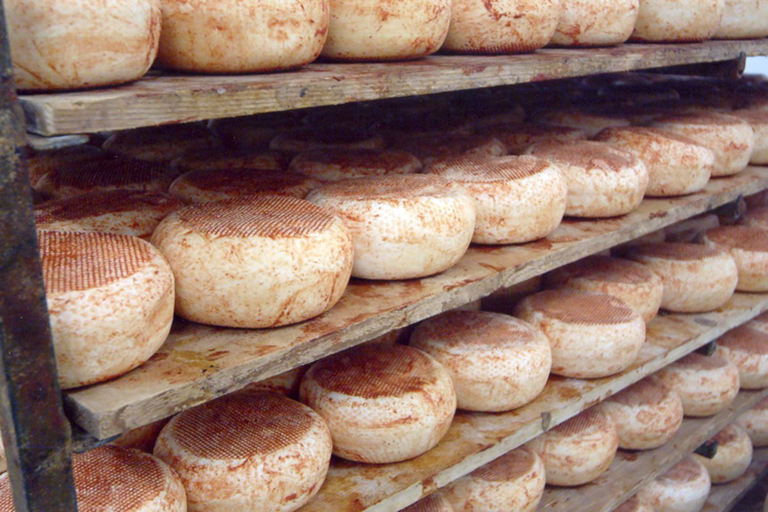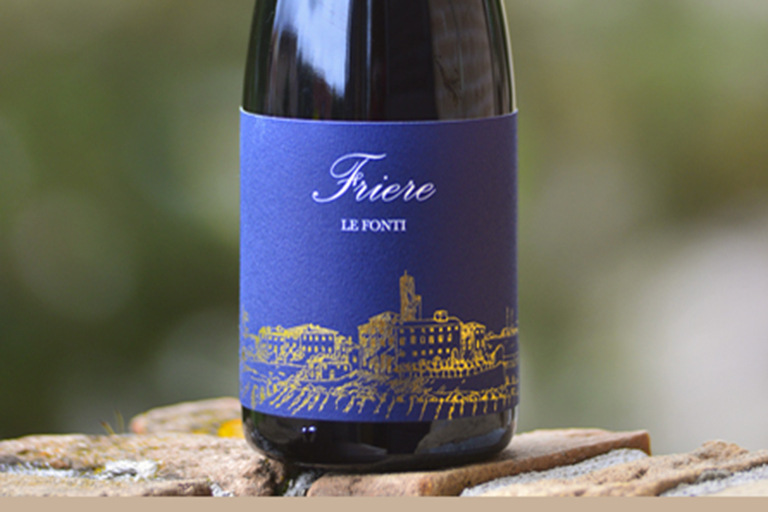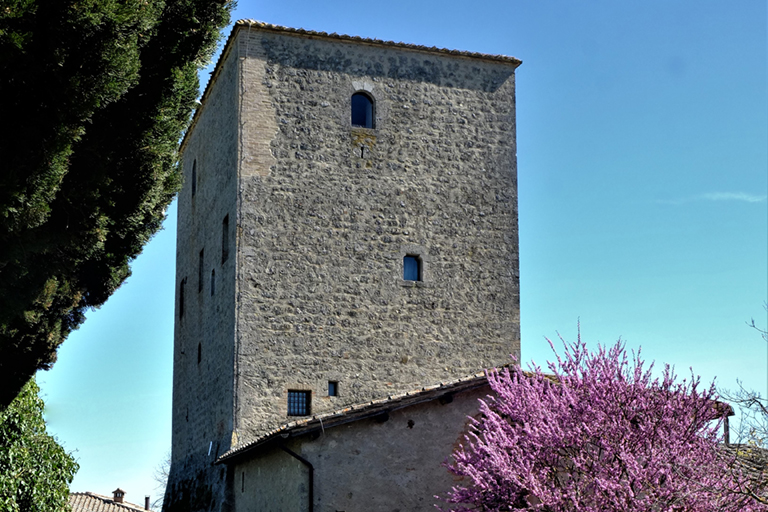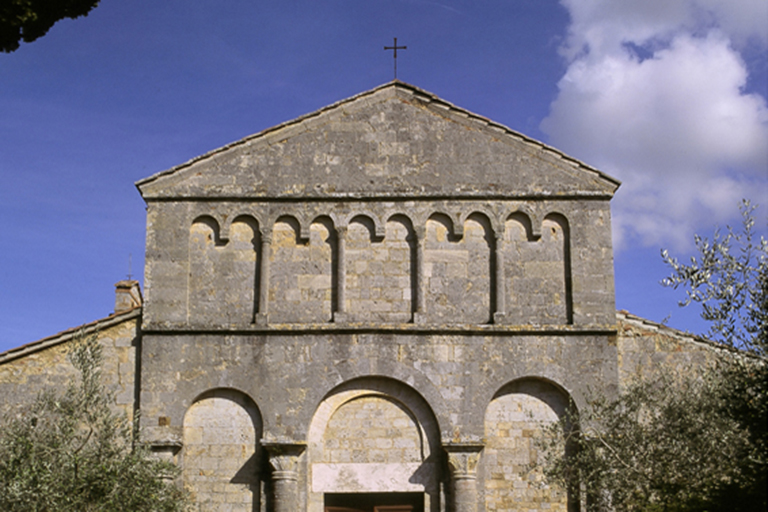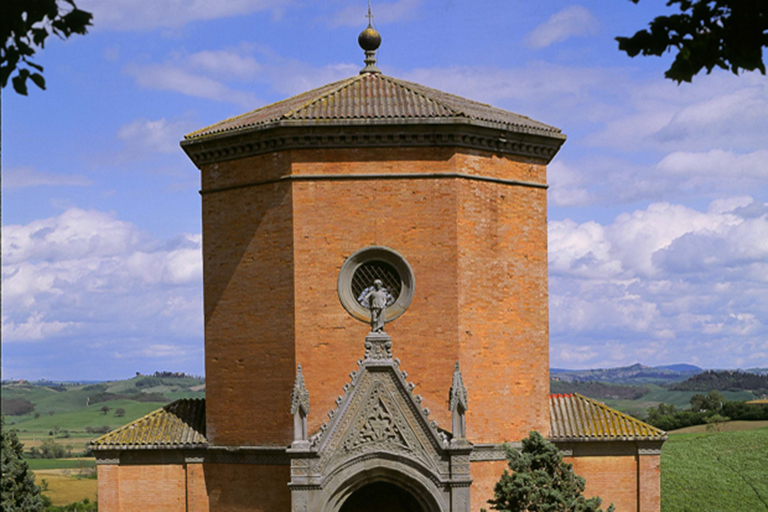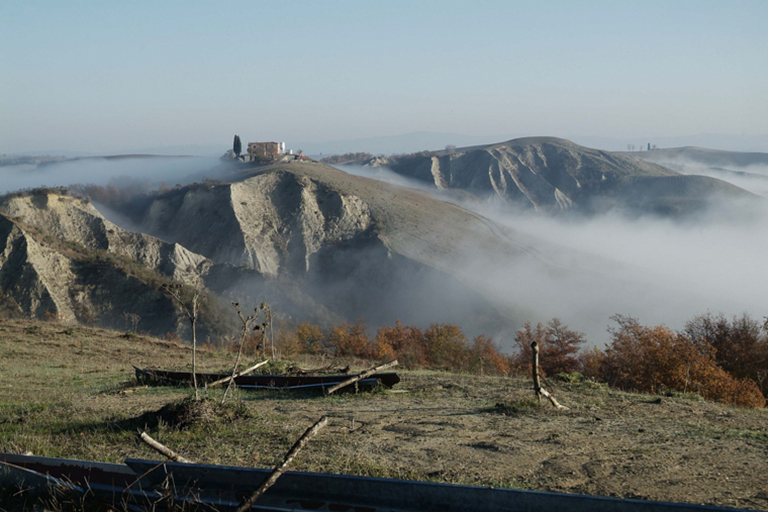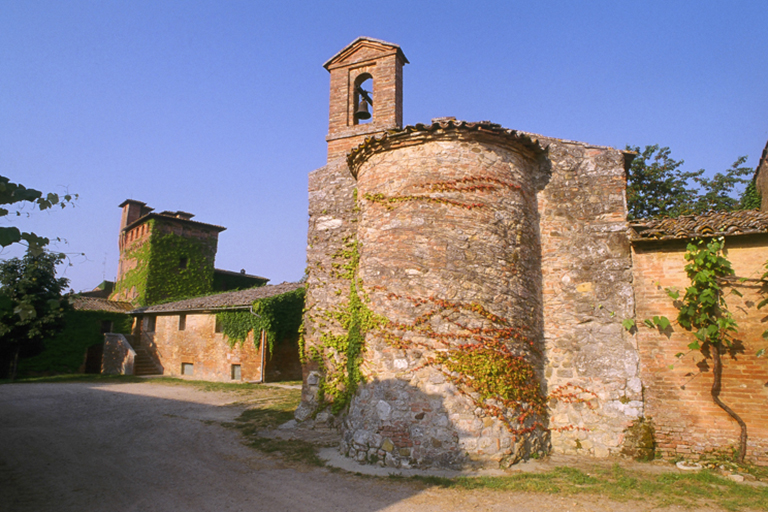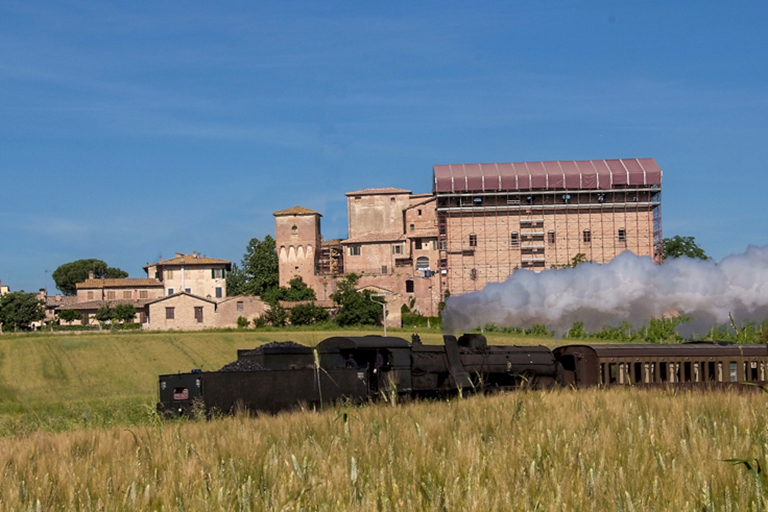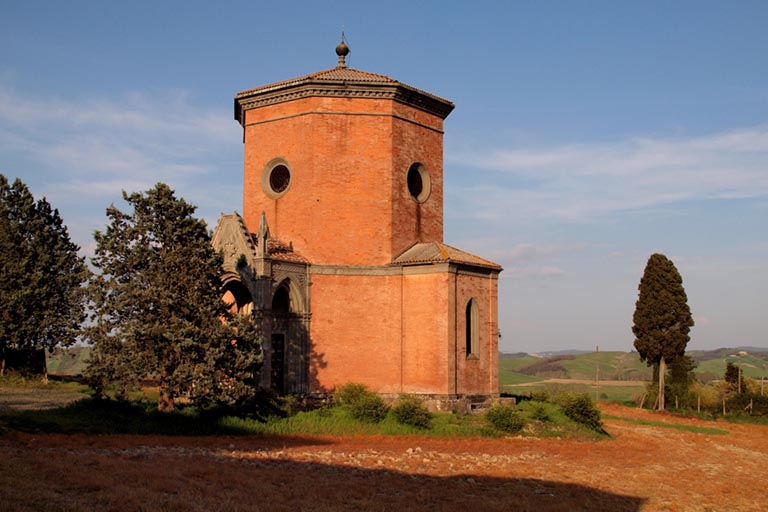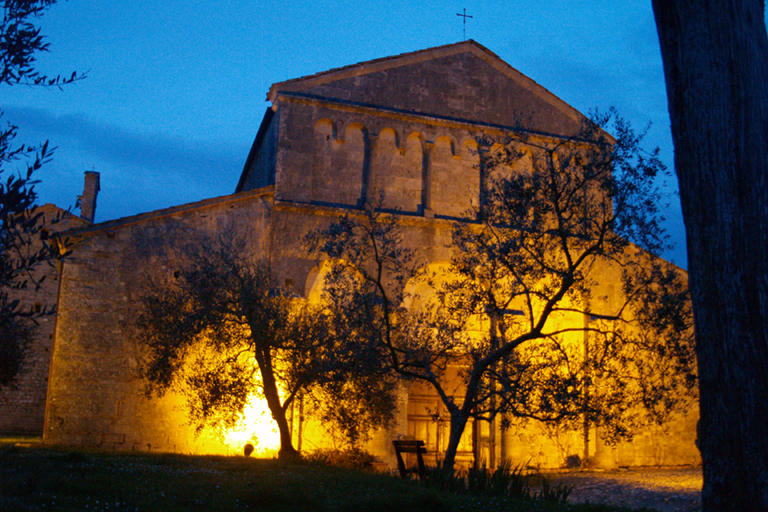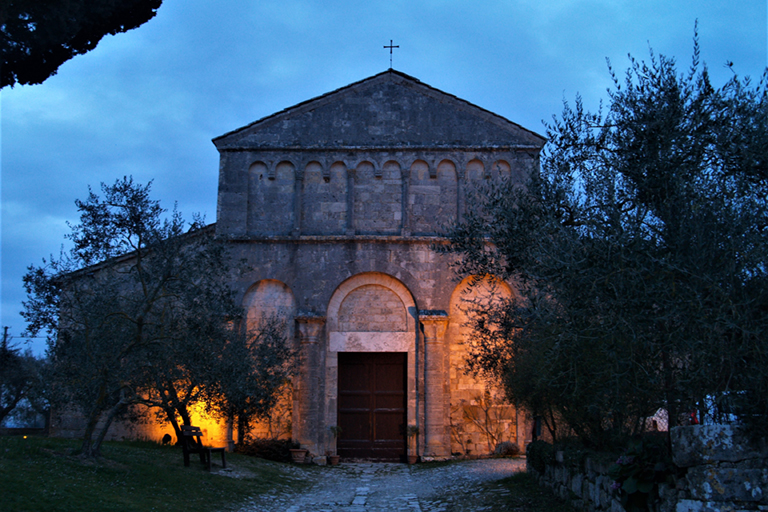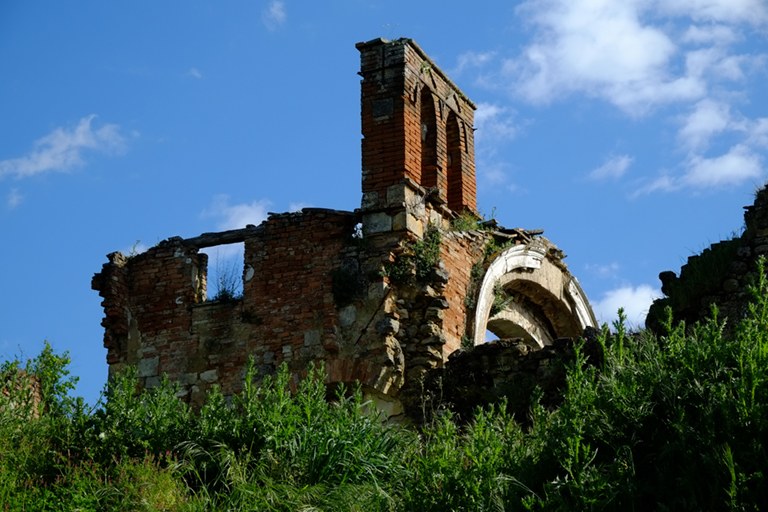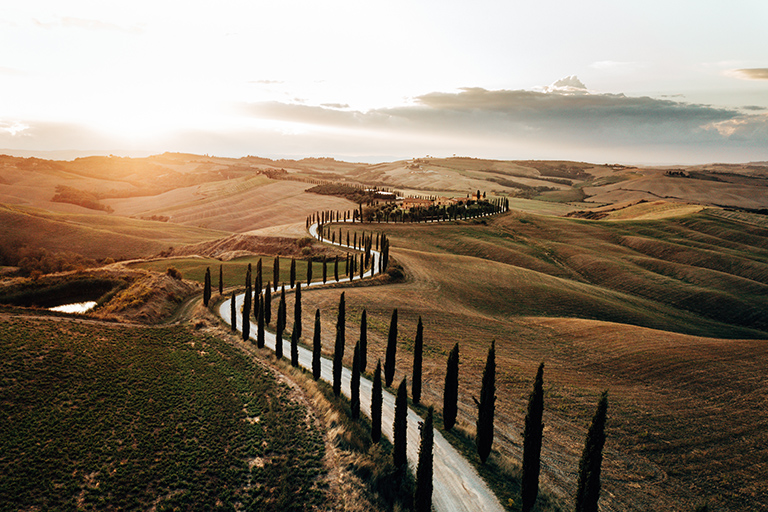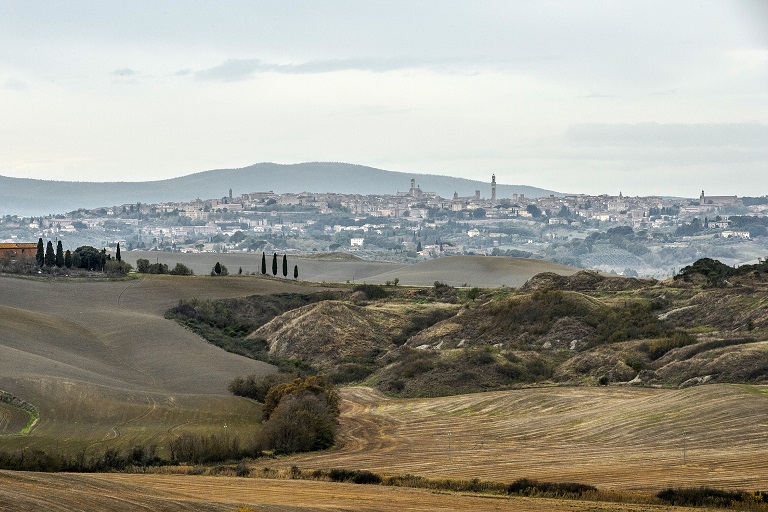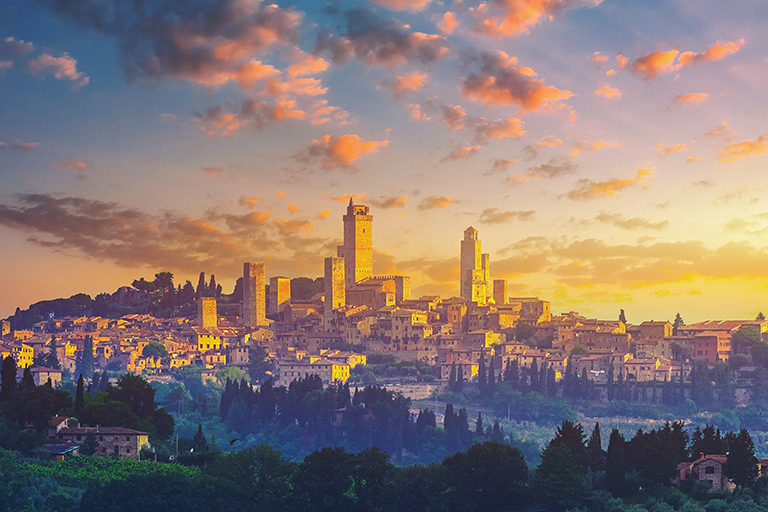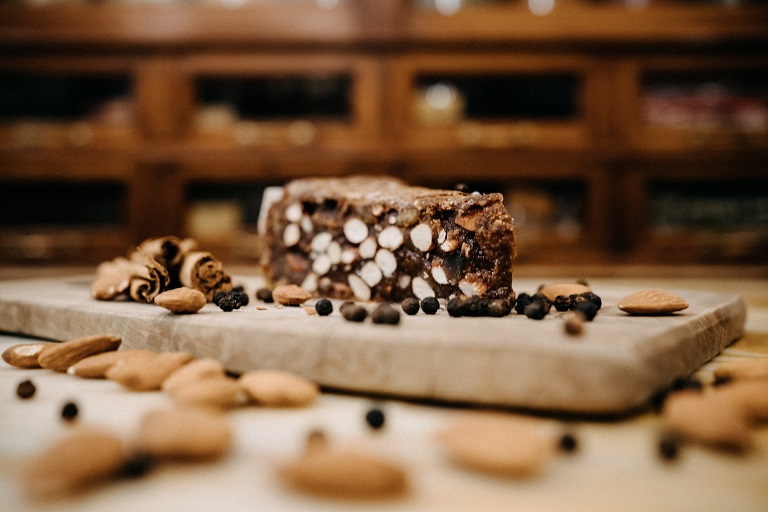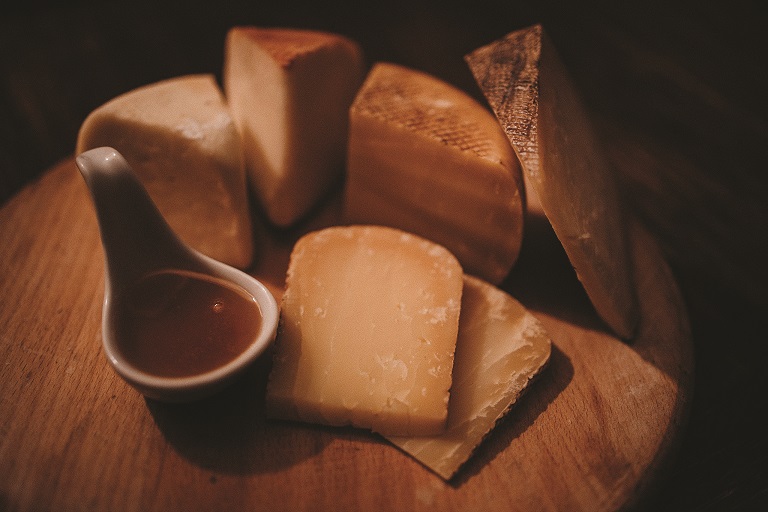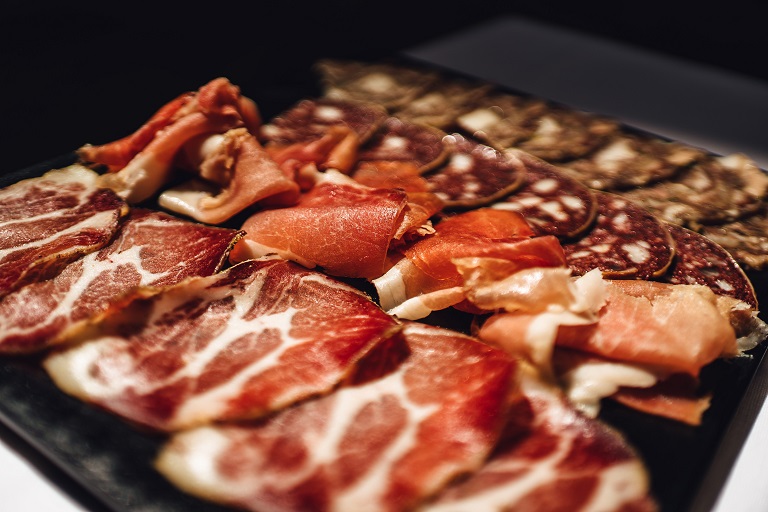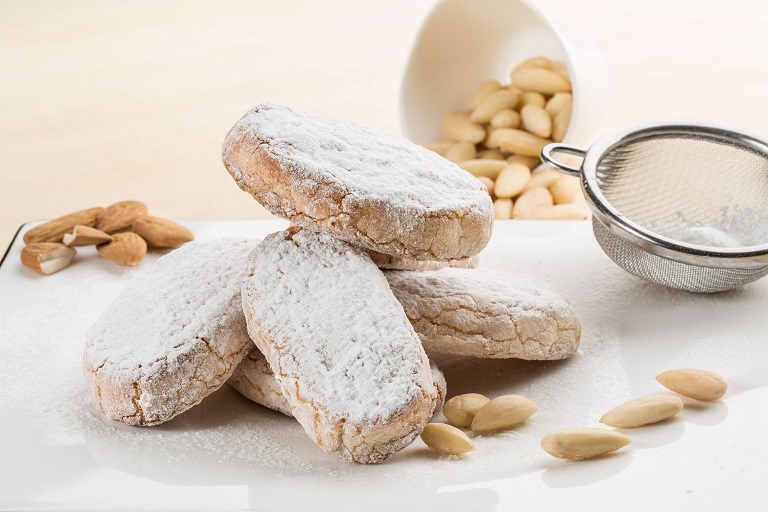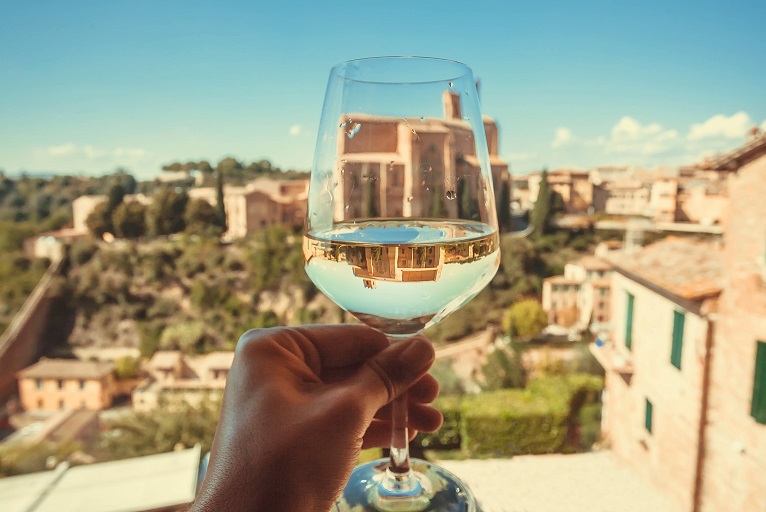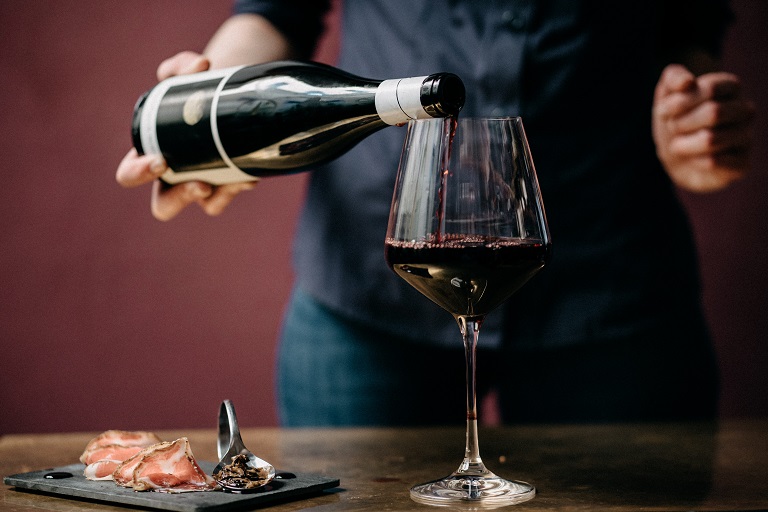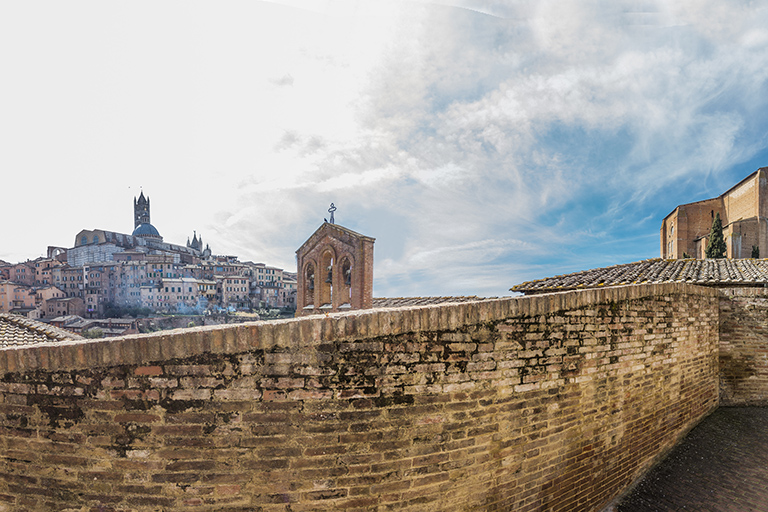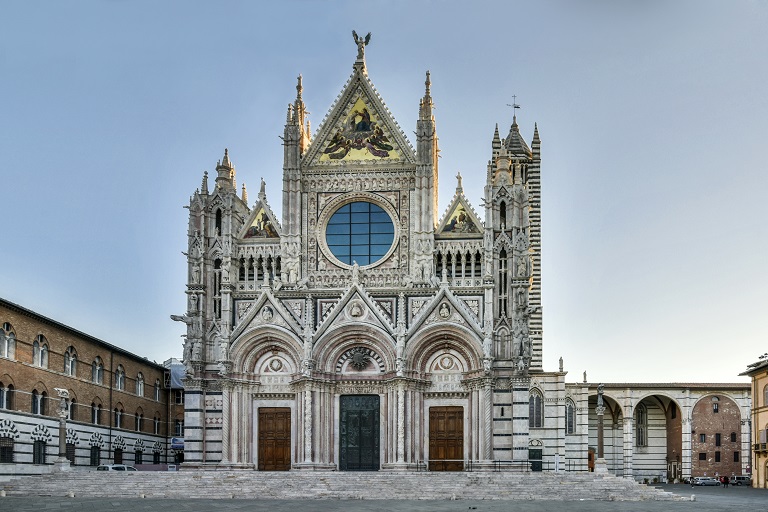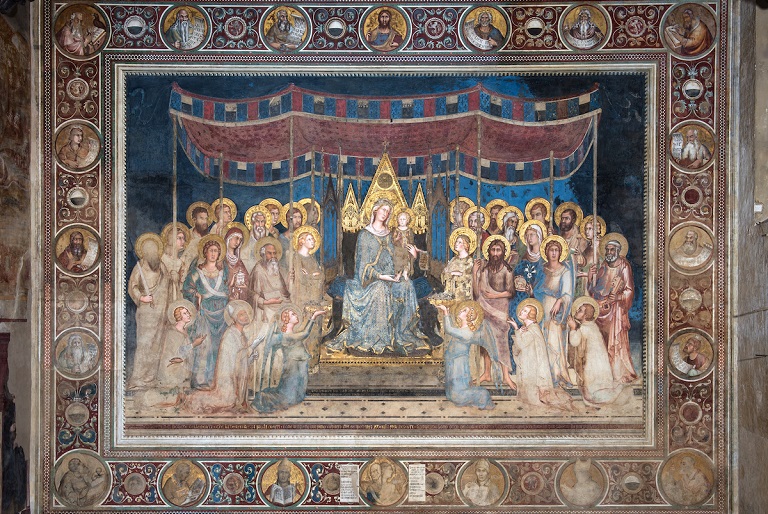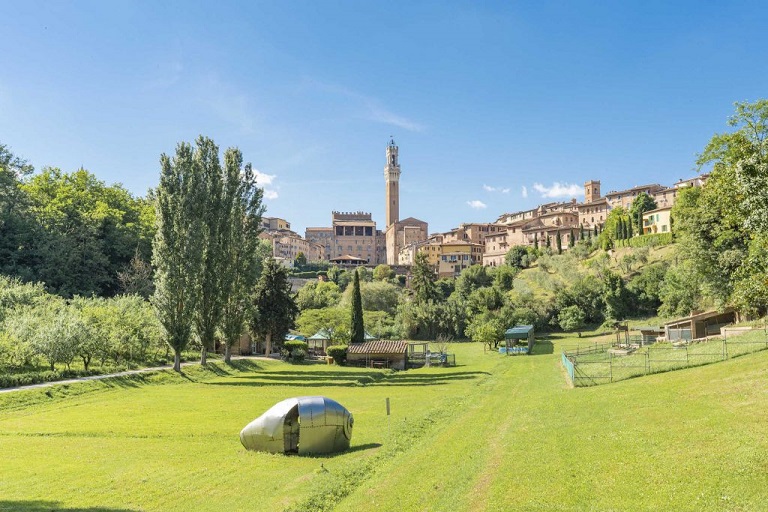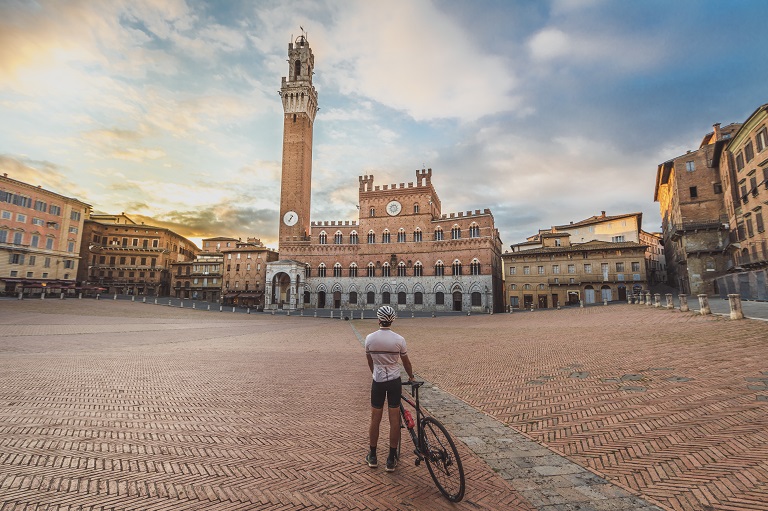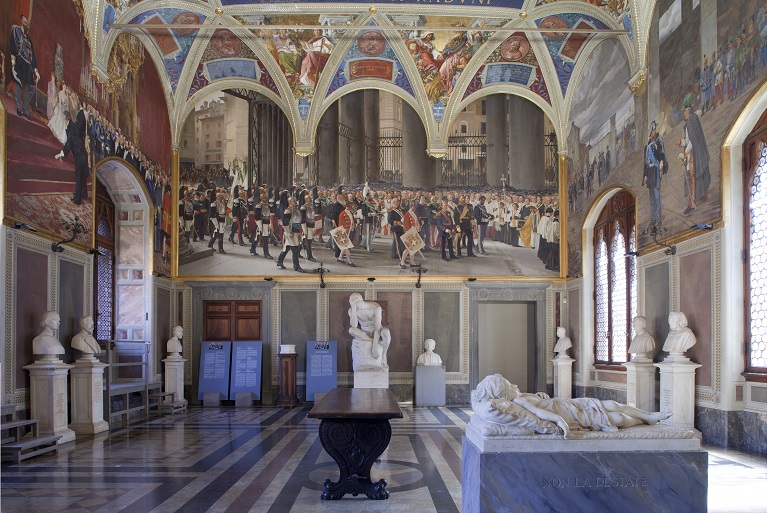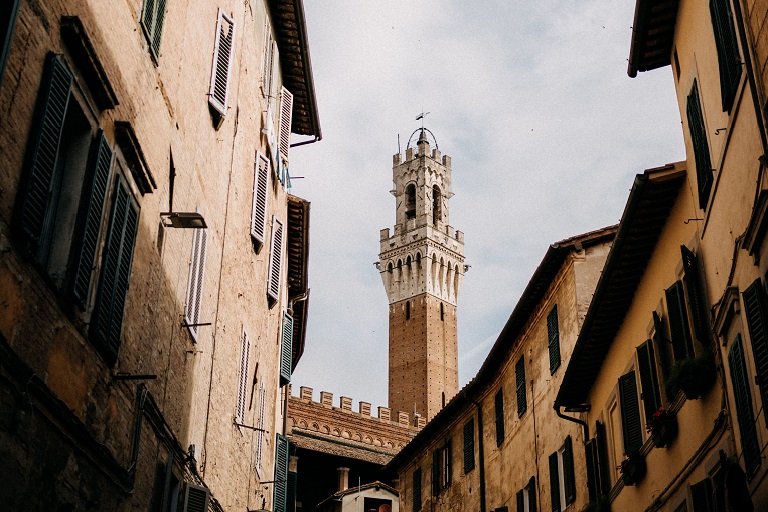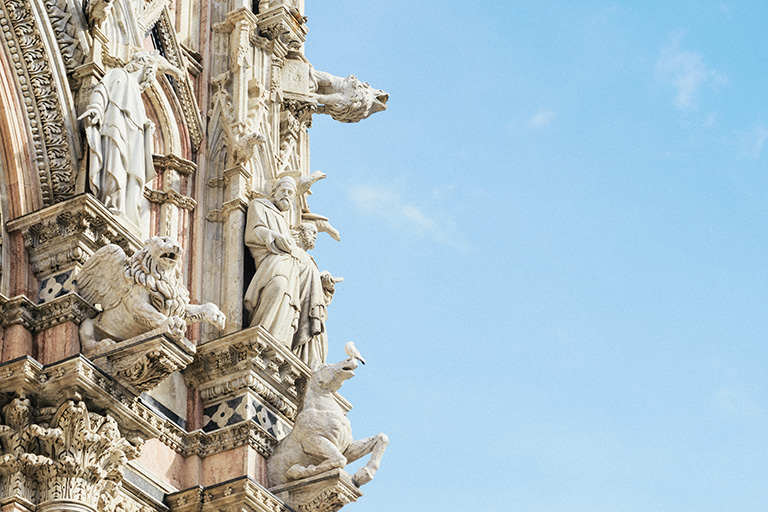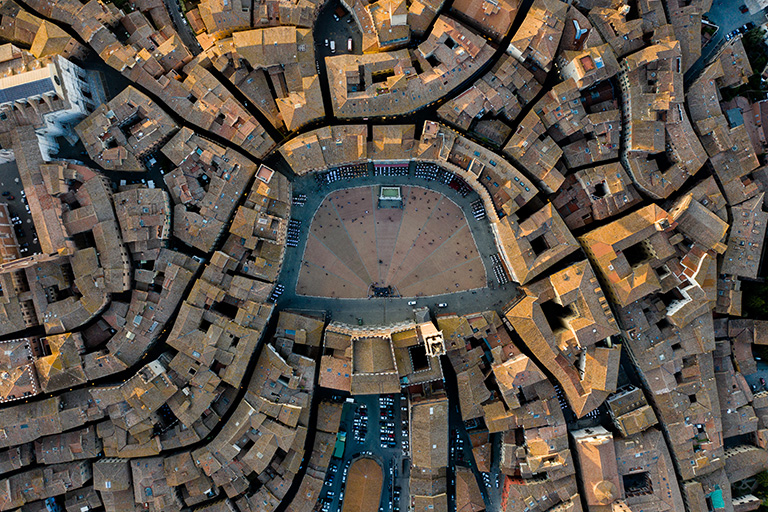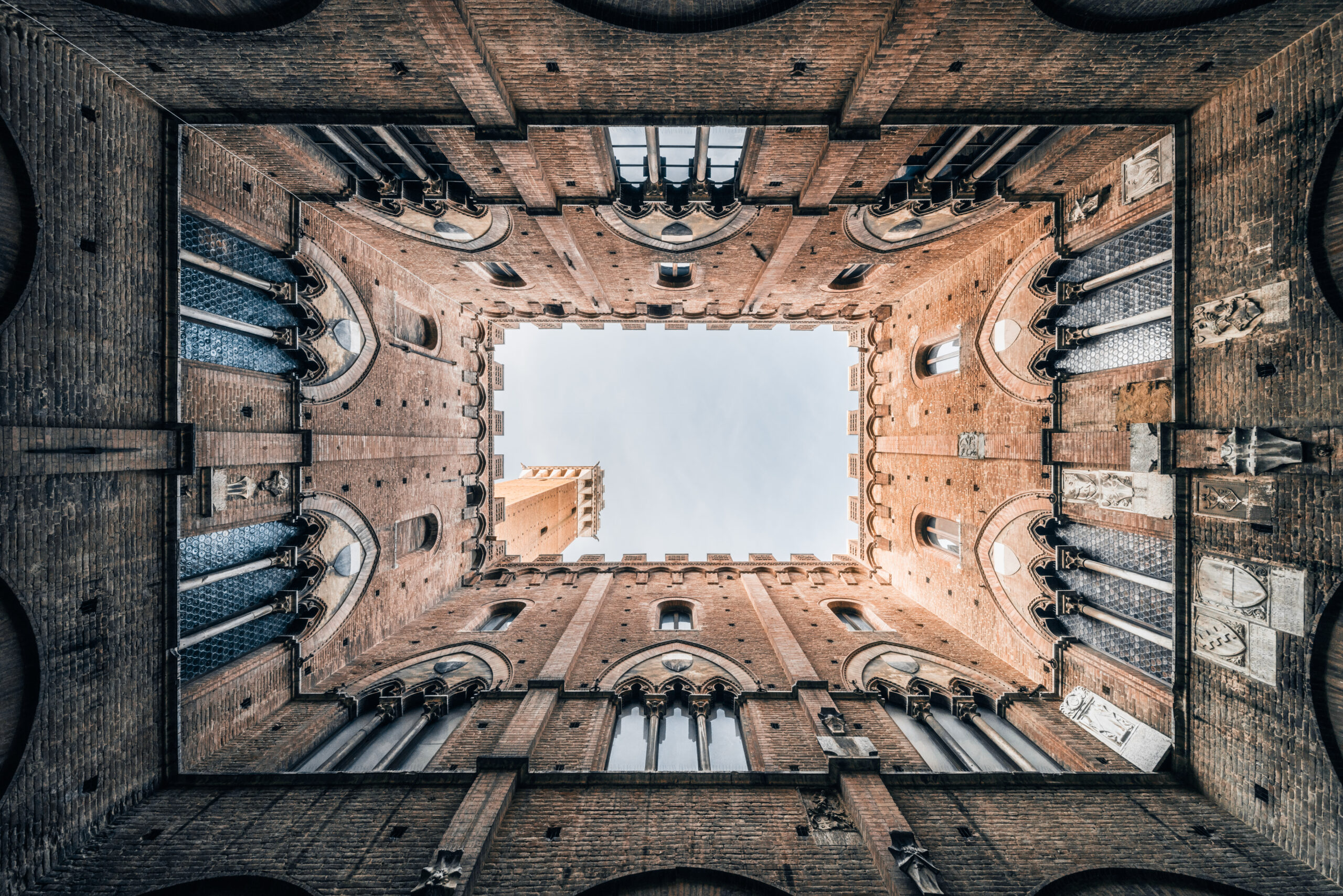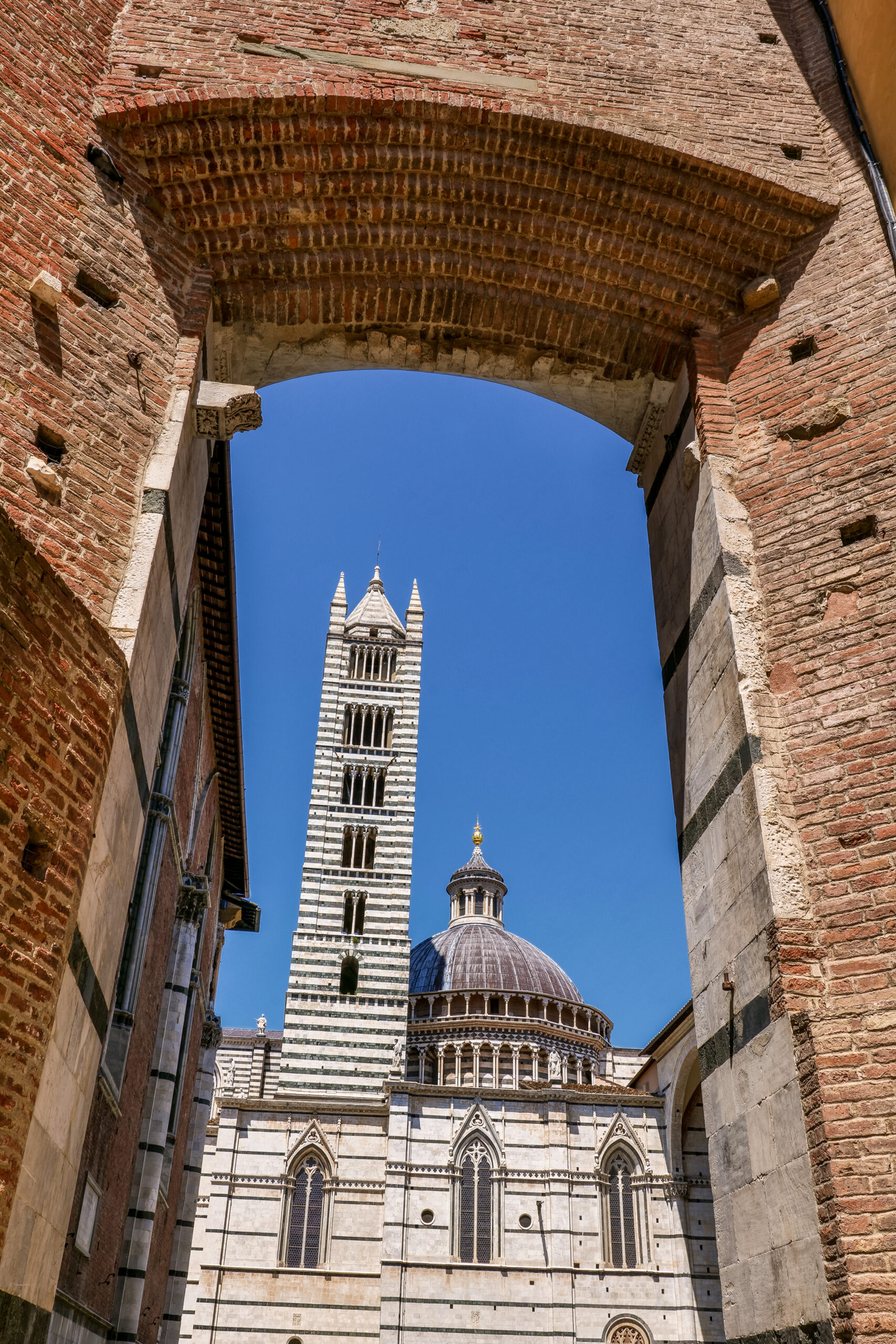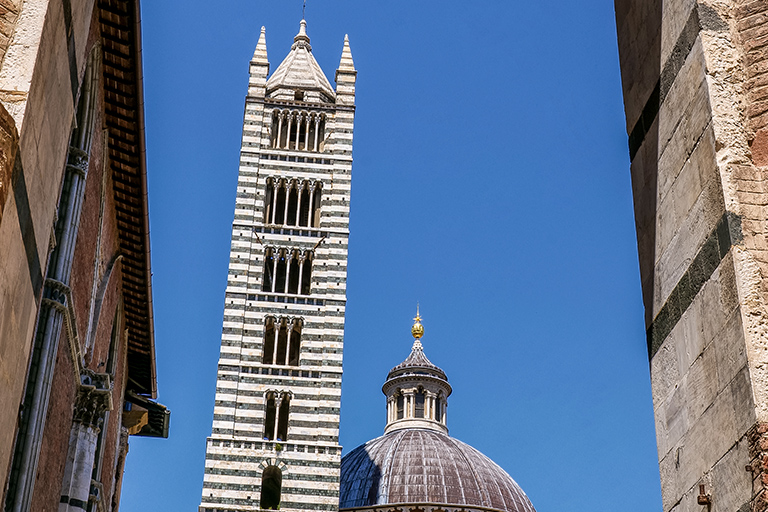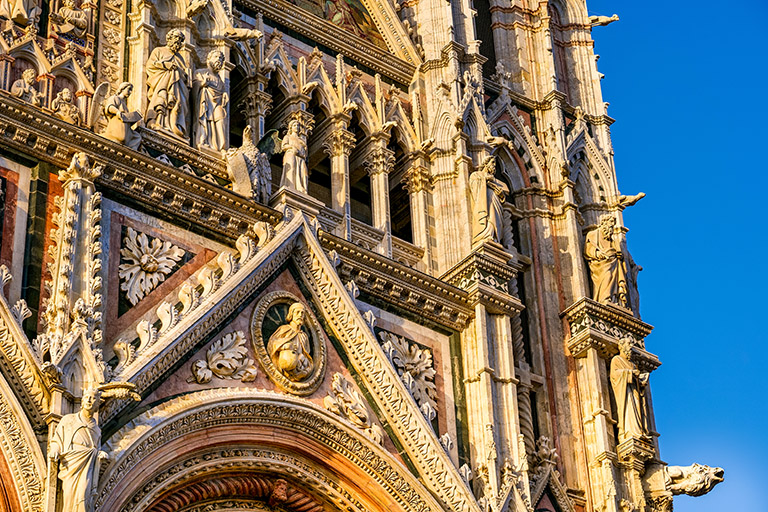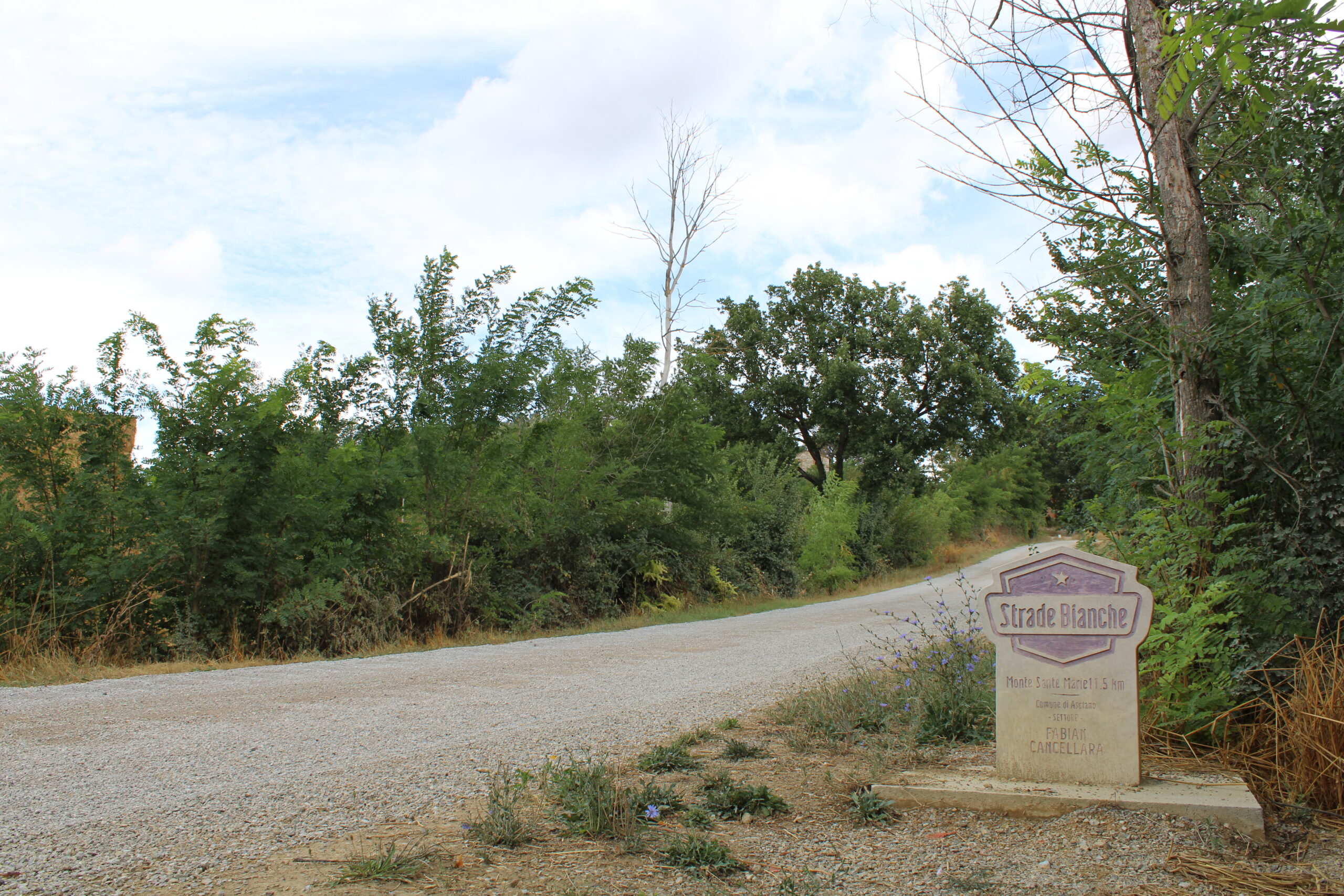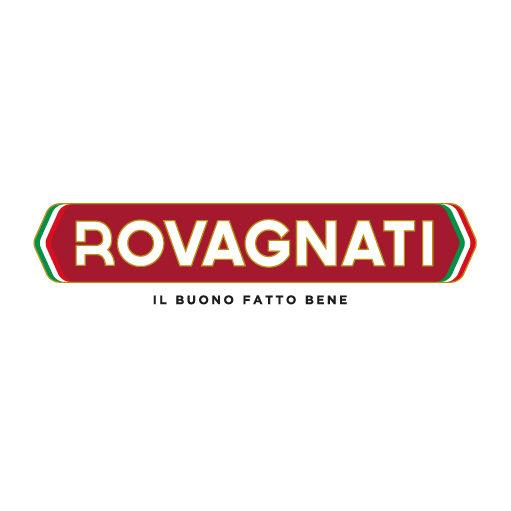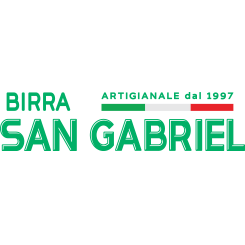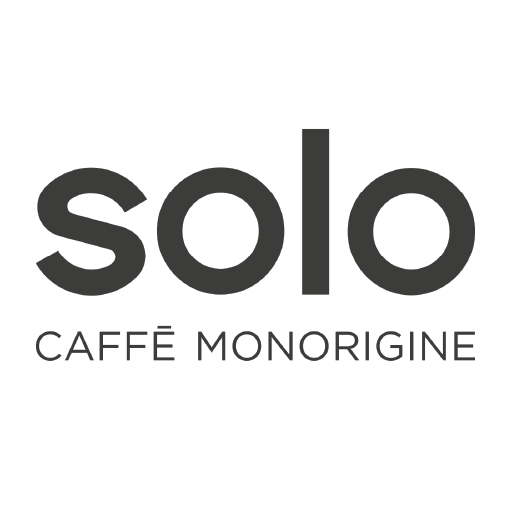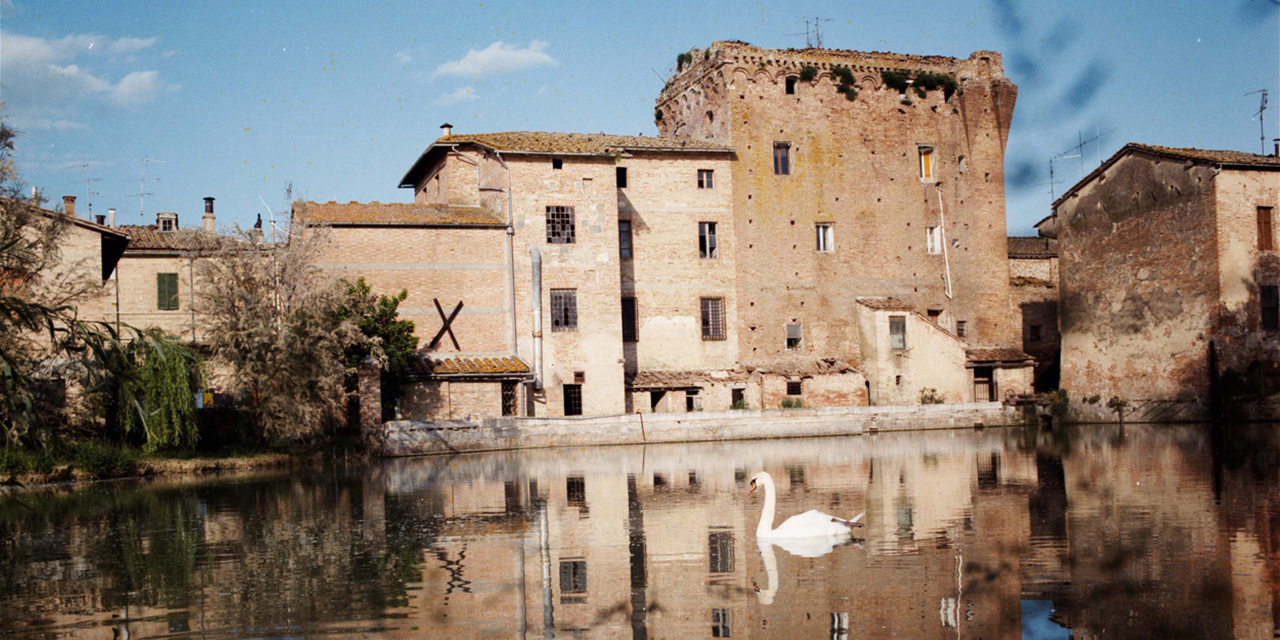
Tappa
6
Domenica 18
Maggio 2025
44,1 km
Dislivello 900 mt
Livello Tecnico: Avanzato
Impegno Fisico: Elevato

Monteroni d'Arbia -
Siena
Monteroni d'Arbia - Siena
info turistiche
Città di:
Monteroni d'Arbia
Overview
Monteroni d’Arbia is a town in the Province of Siena, Tuscany, located about 13 km south of the capital city. The town is located along the Via Cassia, in an area characterized by the rolling hills of the Crete Senesi, a typical Tuscan landscape with wide expanses of cultivated fields, woods and historic villages.The name of the municipality derives from the river Arbia, also mentioned in Dante’s Divine Comedy for the famous battle of Montaperti (1260) between the Guelphs and Ghibellines.Monteroni d’Arbia has medieval origins and was an important agricultural and commercial center due to its strategic location along the communication routes between Siena and the Val d’Orcia.
Gastronomy
Monteronese gastronomy finds its roots in the poor Tuscan cuisine, born of the peasant culture and sharecropping that characterized the Val d’Arbia area until after World War II. Today it takes the form of the best-known dishes such as Pici, a fresh handmade pasta similar to large spaghetti, usually seasoned with sugo al’aglione or Cinta Senese meat sauce. Ribollita, a soup made with stale bread, beans and vegetables (black cabbage, carrots, onions). As main courses the Cinta senese, a prized breed of local pork, is known, Bistecca alla fiorentina, Centuries old is the tradition for cured meats and cheeses, evolved over the years also thanks to an important immigration from Sardinia. Also known throughout the world is the extra virgin olive oil from the Crete Senesi, perfect to accompany traditional dishes.Also of note are the traditional sweets, such as Pan coi Santi, cantucci and other typical products that also find fertile ground in the many confectionery companies based in the Moterone area.
Wine and beverage
Monteroni d’Arbia is known for the vineyards that produce the Val d’Arbia white wine and also includes a production of red wine. In particular in the area are located wineries that produce IGT (indicazione geografica tipica) of quality that is constantly evolving between tradition and innovation.Also worth mentioning is the production of Vin santo, a characteristic passito wine produced with the use of dehydrated grapes in which, unlike the traditional passito, fermentation stops before the sugars have all fermented.
Points of interest
One of the symbols of interest dl the town is the Grancia di Cuna granary, an important fortified complex built in the 14th century by the Hospital of Santa Maria dela Scala of Siena for grain storage. Other points of interest include the Church of Saints Giusto and Donato, the Molino di Monteroni, an ancient watermill on the Arbia River, and the Romanesque parish churches of Le Ville di Corsano and Lucignano d’Arbia. Monteroni d’Arbia is also crossed for about 20 kilometers by the Via Francigena, the famous path from Canterbury to Rome, which over the centuries has been one of the most important passages in Europe both from a religious point of view for the pilgrimage to Rome and from a strictly secular point of view. When talking about Monteroni d’Arbia, it is impossible not to mention the typical Tuscan hilly landscape that is an integral part of its territory and that makes it one of the symbolic places of the Crete Senesi attracting tourists from all over the world.
Siena
Overview
One of Tuscany’s most enchanting cities, Siena is renowned for its stunning medieval architecture and the iconic Palio, a historic horse race held in Piazza del Campo. The UNESCO-listed historic center is home to architectural marvels such as the Siena Cathedral, Torre del Mangia, and Palazzo Pubblico. Siena is also a gastronomic paradise, offering local specialties like pici pasta and panforte.
Gastronomy
Sienese cuisine stands out for its deep connection to tradition and the authenticity of its ingredients, offering a gastronomic journey through signature dishes and outstanding products. Olive oil, fine wines, artisanal cured meats, and historic desserts are just a few of the specialties that make this land unique. Among the most distinctive dishes are crostini di milza (spleen crostini), pici with Cinta Senese ragù, and ribollita, each telling the story of a simple yet flavorful cuisine.
The region’s meats boast prized native breeds: the Cinta Senese, famous for its unmistakable black coat with a characteristic white band, and the Chianina, known for its tender and flavorful meat, ideal for both ragù and the classic bistecca alla fiorentina.
Walking through the streets of Siena, one is easily tempted by the aromas wafting from its historic bakeries and pastry shops. Here, traditional sweets made following ancient recipes passed down through generations can be found, including Pan co’ Santi, ricciarelli, and cantuccini, true icons of local confectionery.
Every dish tells the soul of Siena, a city that has preserved its identity and cultural heritage through the centuries. More than just a medieval masterpiece, Siena captivates with its authentic flavors as well.
Wine and beverage
The lands of Siena are a paradise for wine lovers. Viticulture here has flourished for centuries, producing wines of the highest quality that have gained international acclaim. With five DOCG (Denomination of Controlled and Guaranteed Origin) and numerous DOC (Denomination of Controlled Origin) designations, the province of Siena is one of Italy’s most important wine regions.
Chianti Classico, one of the most famous Italian wines in the world, is produced in the rolling hills between Siena and Florence. This elegant red, predominantly made from Sangiovese grapes, is known for its balance between freshness and structure, with notes of red berries, spices, and subtle hints of oak.
San Gimignano is home to Vernaccia di San Gimignano, one of Tuscany’s rare white wine gems. With a golden hue and delicate aroma, this wine is characterized by a pleasant salinity and a mineral note that make it perfect for pairing with seafood and fresh cheeses.
Brunello di Montalcino, one of Italy’s most prestigious red wines, is synonymous with quality and longevity. Made from Sangiovese Grosso grapes, Brunello is aged for years before reaching the tables of fine wine enthusiasts. Its intense and complex flavor, with notes of wild berries, tobacco, and leather, makes it ideal for pairing with meat dishes and aged cheeses.
Another enological treasure is Vino Nobile di Montepulciano, produced in the rolling hills of the Valdichiana. Smooth and elegant, this wine is characterized by aromas of cherry, plum, and spices, with a harmonious taste that pairs perfectly with traditional Tuscan dishes.
Finally, no Sienese meal is complete without a glass of Vinsanto, the dessert wine symbolic of Tuscan hospitality. Made from dried grapes and aged in small wooden barrels known as “caratelli,” Vinsanto pairs perfectly with Siena’s famous cantucci, creating an inimitable blend of flavors.
Points of interest
Siena is a city that holds an extraordinary artistic and cultural heritage, offering visitors an immersive experience among monuments, museums, and medieval scenery. One of the most iconic sites is Piazza del Campo, the city’s vibrant heart, famous for its shell shape and for the Palazzo Pubblico, home to the Museo Civico, which houses masterpieces by artists such as Ambrogio Lorenzetti and Simone Martini. Adjacent to it stands the majestic Torre del Mangia, from whose summit one can enjoy breathtaking views over Siena and the surrounding countryside.
Another must-visit STAGE is the Siena Cathedral (Duomo), one of Italy’s most fascinating churches. Inside, Nicola Pisano’s pulpit and sculptures by Michelangelo enhance an already extraordinary setting. Nearby is the Piccolomini Library, renowned for its stunning Renaissance frescoes.
For those looking to delve deeper into the city’s history, the Santa Maria della Scala Museum Complex is an essential STAGE. This former medieval hospital, located along the Via Francigena pilgrimage route, testifies to Siena’s historical role as a welcoming haven for pilgrims and travelers heading to Rome. The section of the Francigena that crosses Siena, from Porta Camollia to Porta Romana, offers a scenic walk through the city’s ancient walls.
Another interesting STAGE is the Medici Fortress, built in the 16th century at the behest of Cosimo I de’ Medici. This imposing complex, with its bastions named after San Francesco, San Filippo, La Madonna, and San Domenico, offers an extraordinary Overview of the city and the Tuscan hills
Siena is also home to numerous museums and prestigious cultural institutions, such as the National Art Gallery, the Chigiana Academy, the Academy of Fisiocritici, and the fascinating Contrada museums, which preserve the history and traditions of the renowned Palio of Siena.


